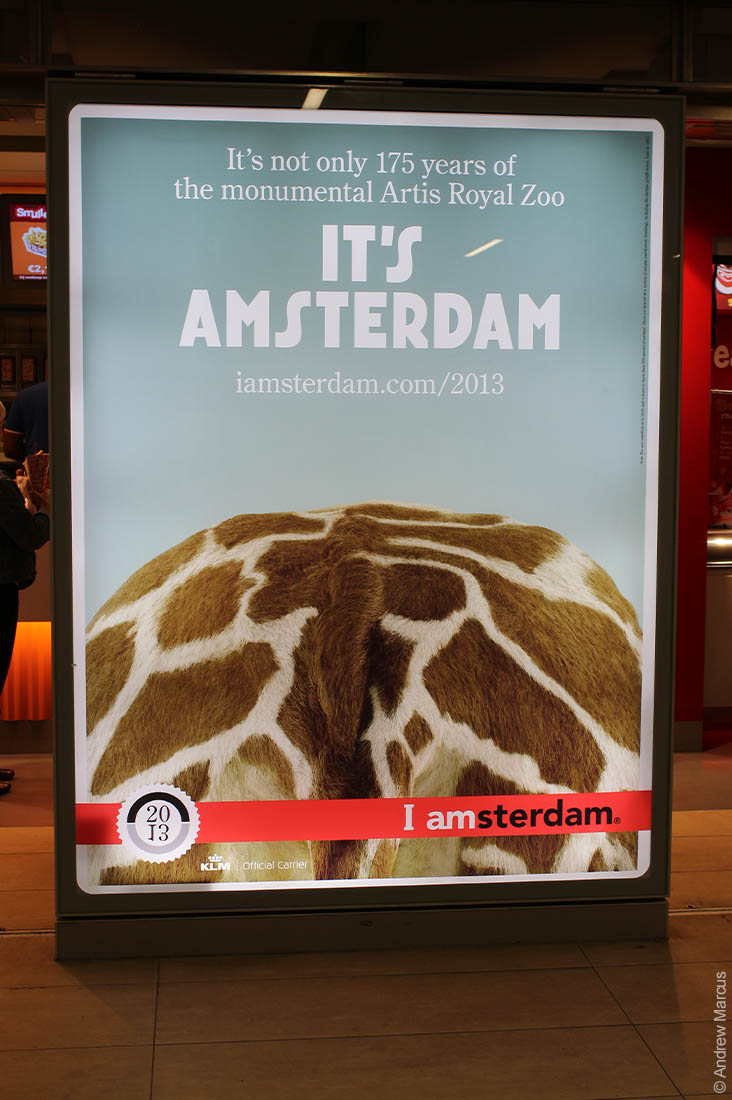Amsterdam in August 2013
The number of bicycles hasn’t decreased since last time.
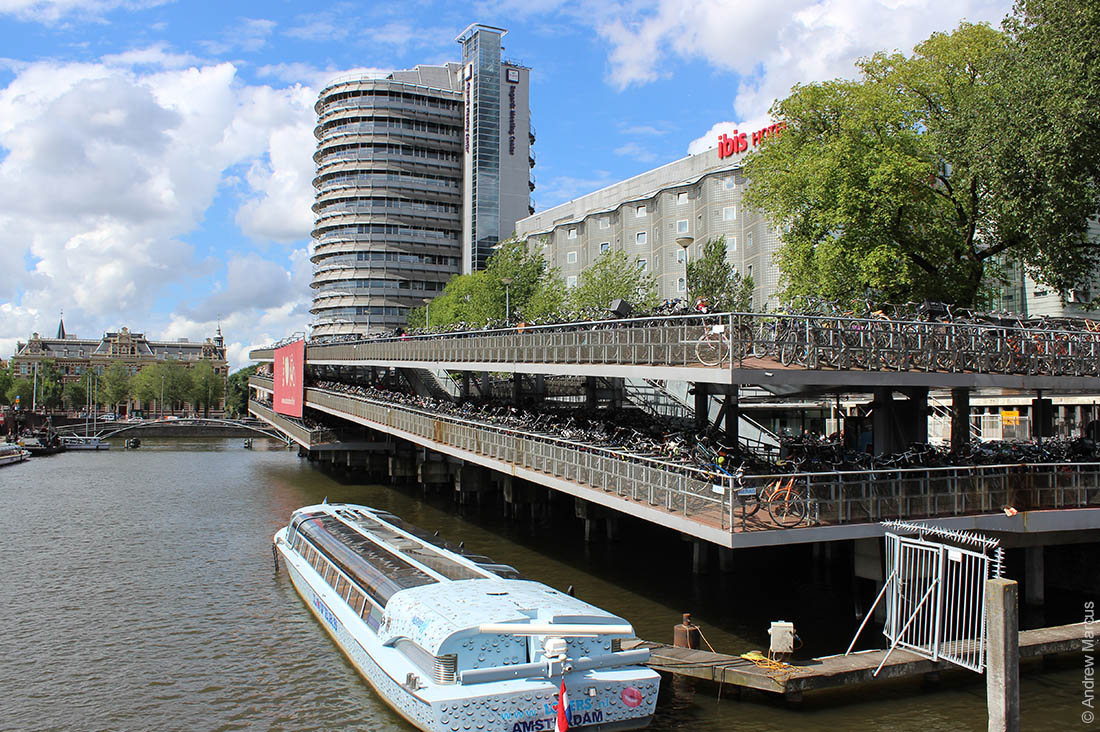
Amsterdam is the souvenir capital of Europe. The number of shops with trinkets here is simply overwhelming.
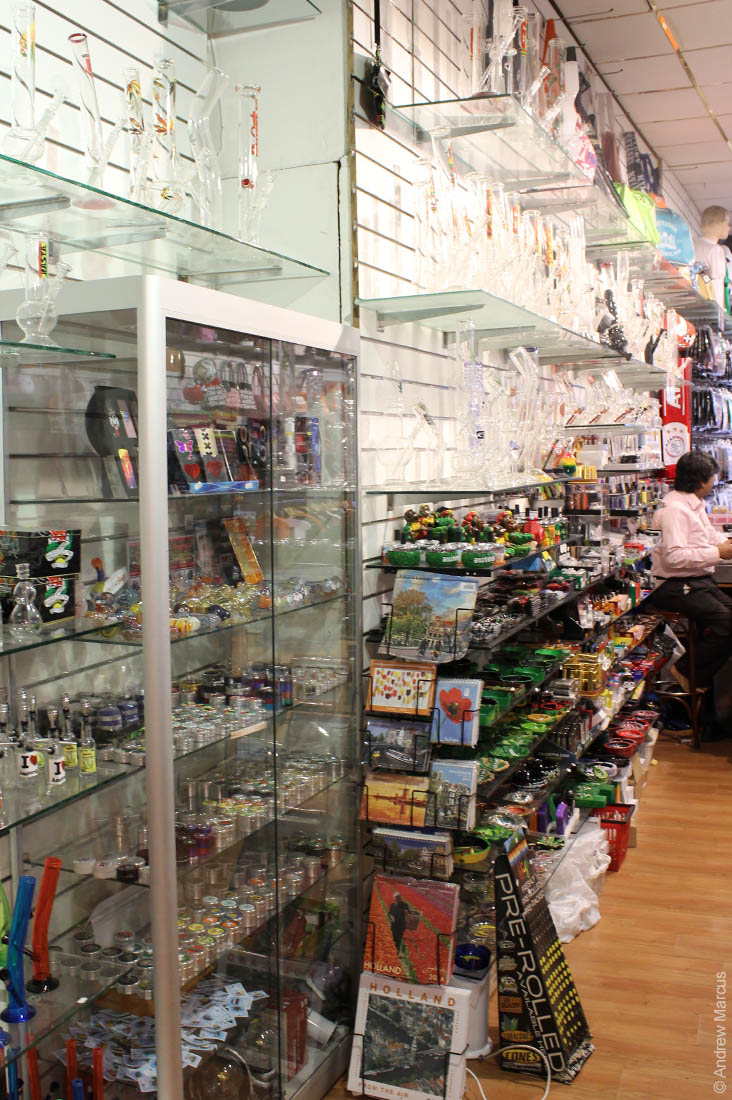
Most often they sell smoking accessories, t-shirts, and keychains.
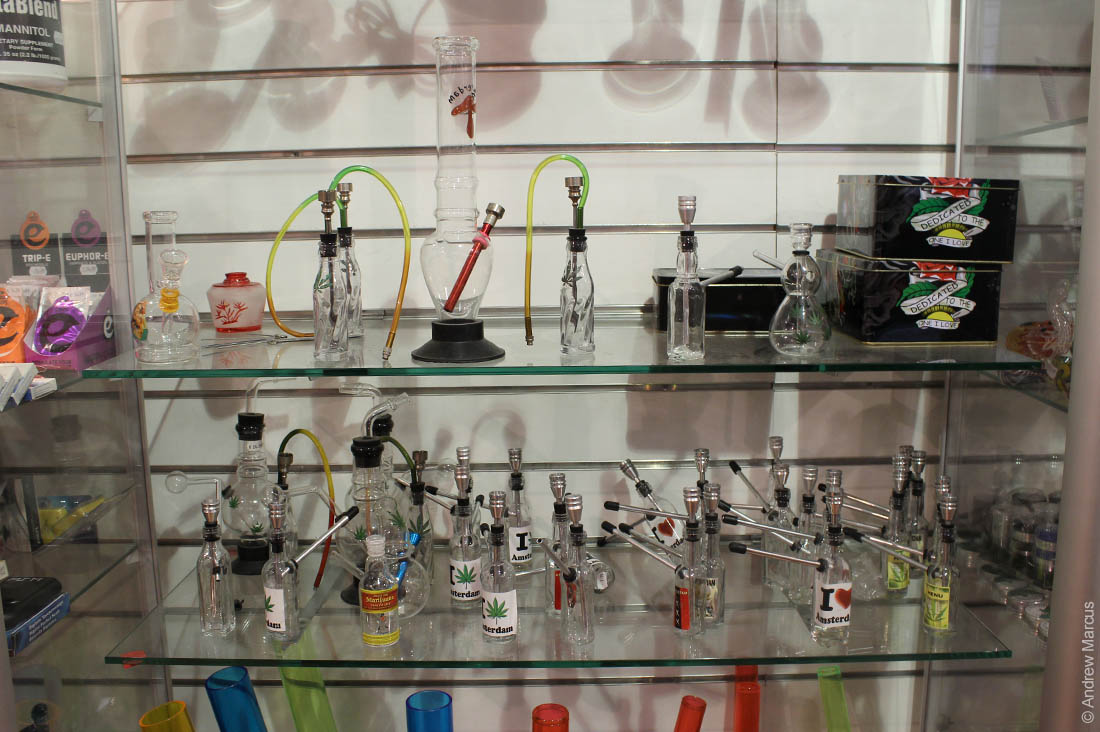
There is a feeling that if given the opportunity, they would start laying tiles even on windows. Small bricks of different colors are everywhere. The brick road seamlessly transitions into a brick sidewalk and then into a brick house. Sometimes such a picture simply dazzles the eyes.
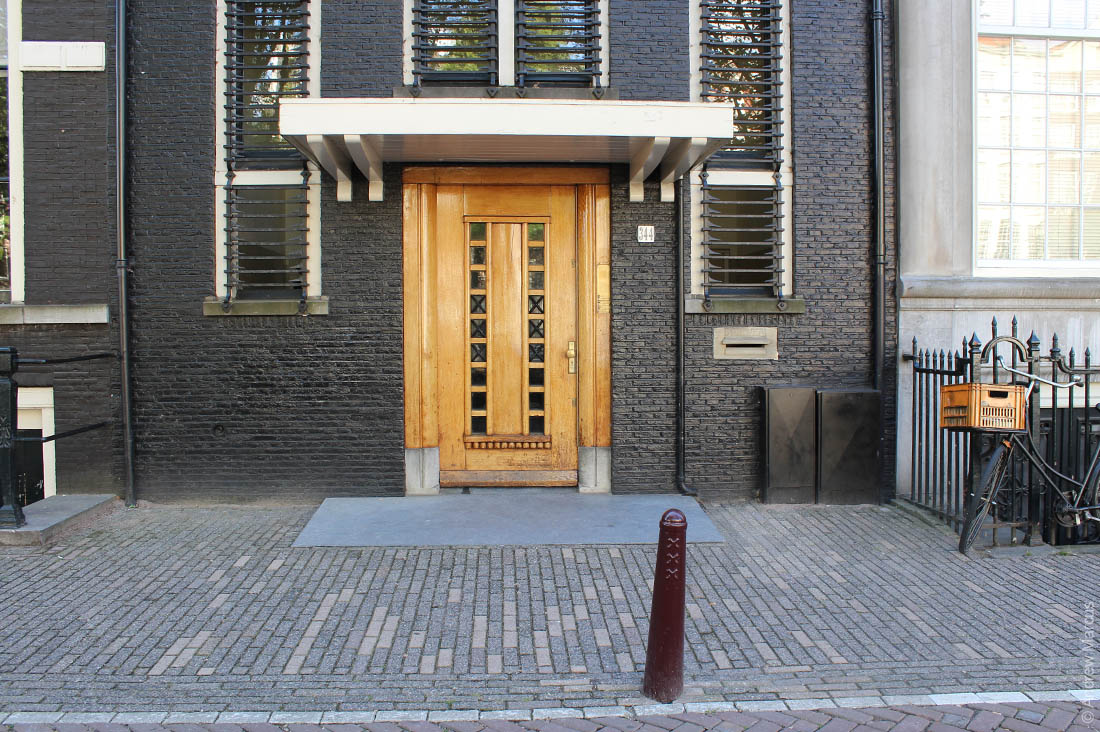
The road and sidewalk are generally at the same level, sometimes separated by a low curb with neatly embedded drainpipes. Of course, on every manhole cover (as well as on everything else), there are three X’s — the symbol of the city.
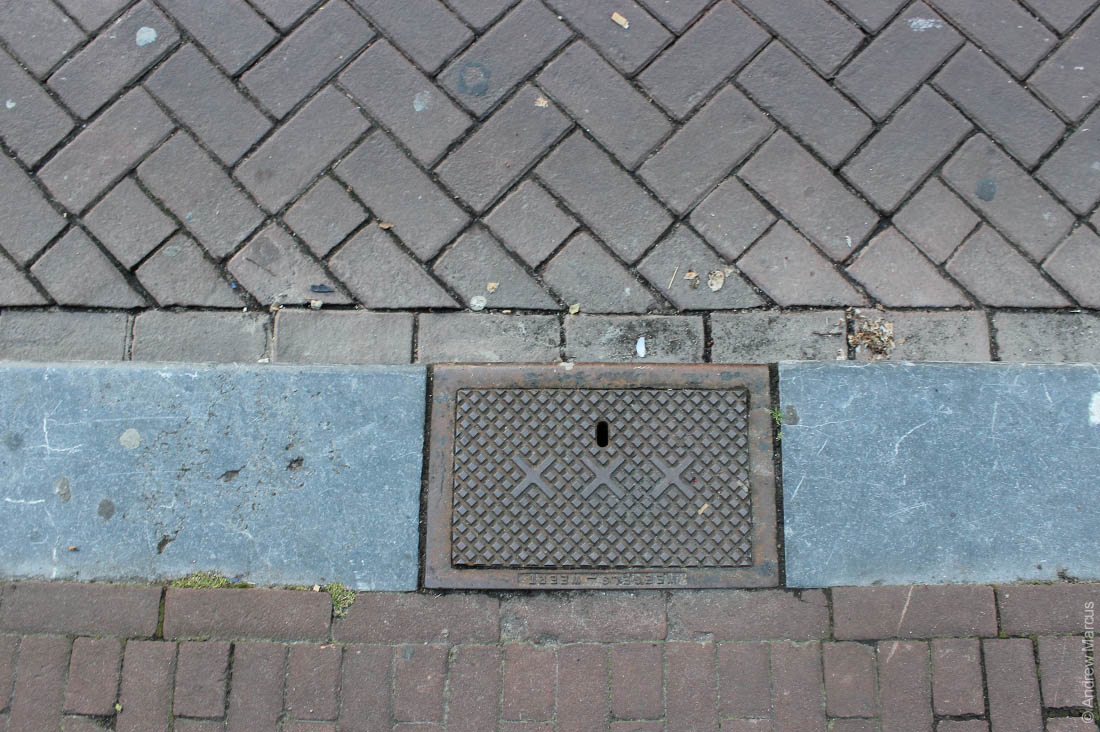
Speed bump or sleeping policeman.
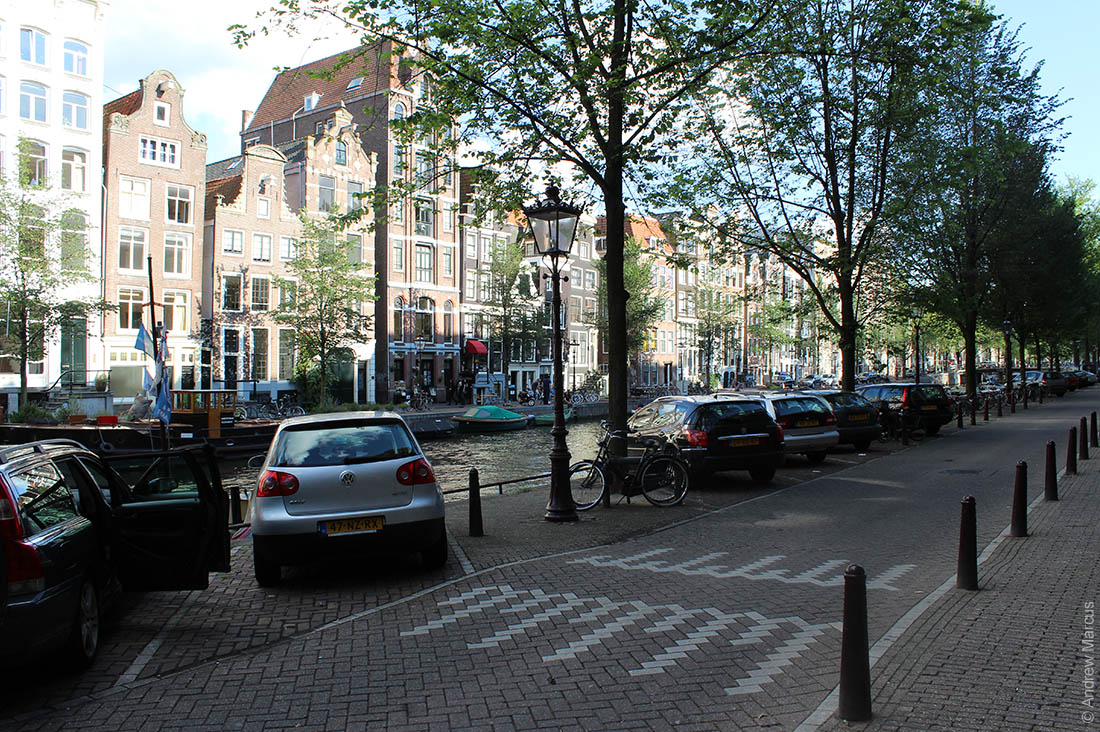
Tram stop.
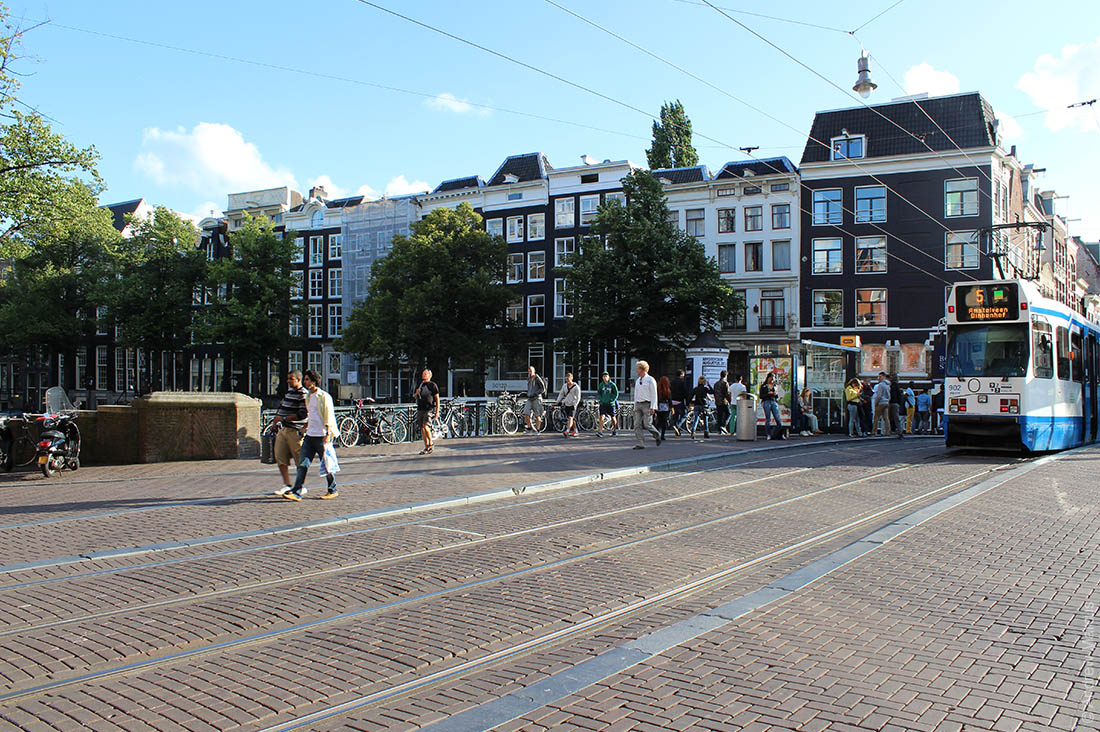
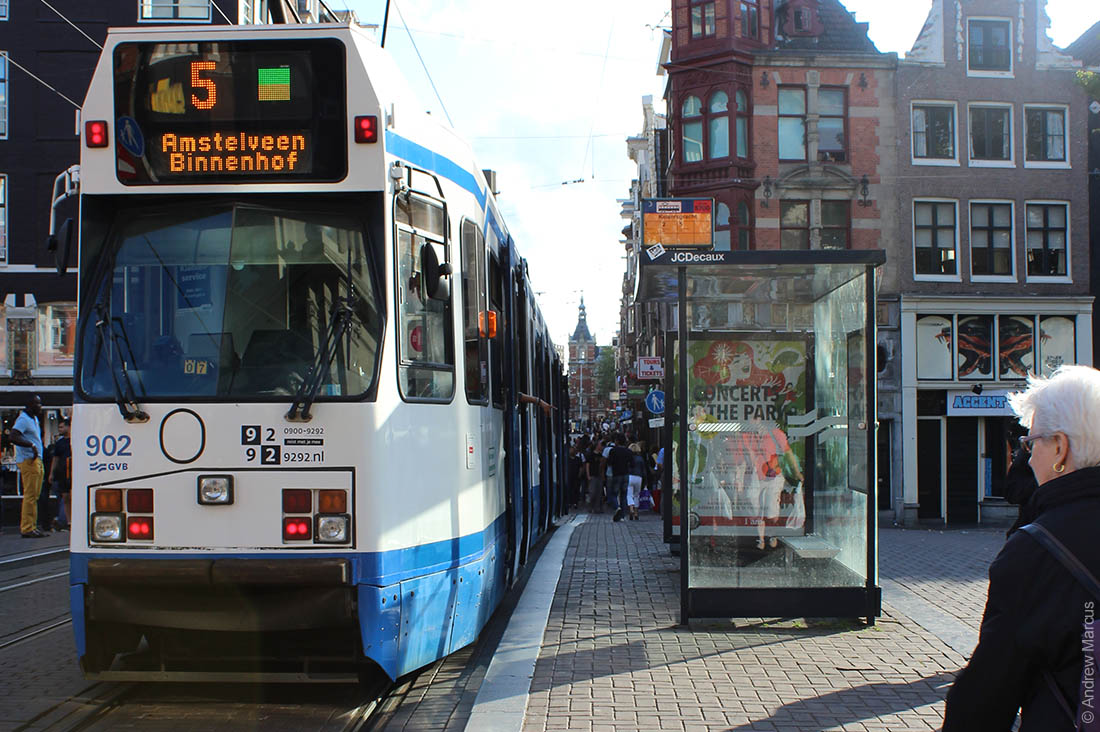
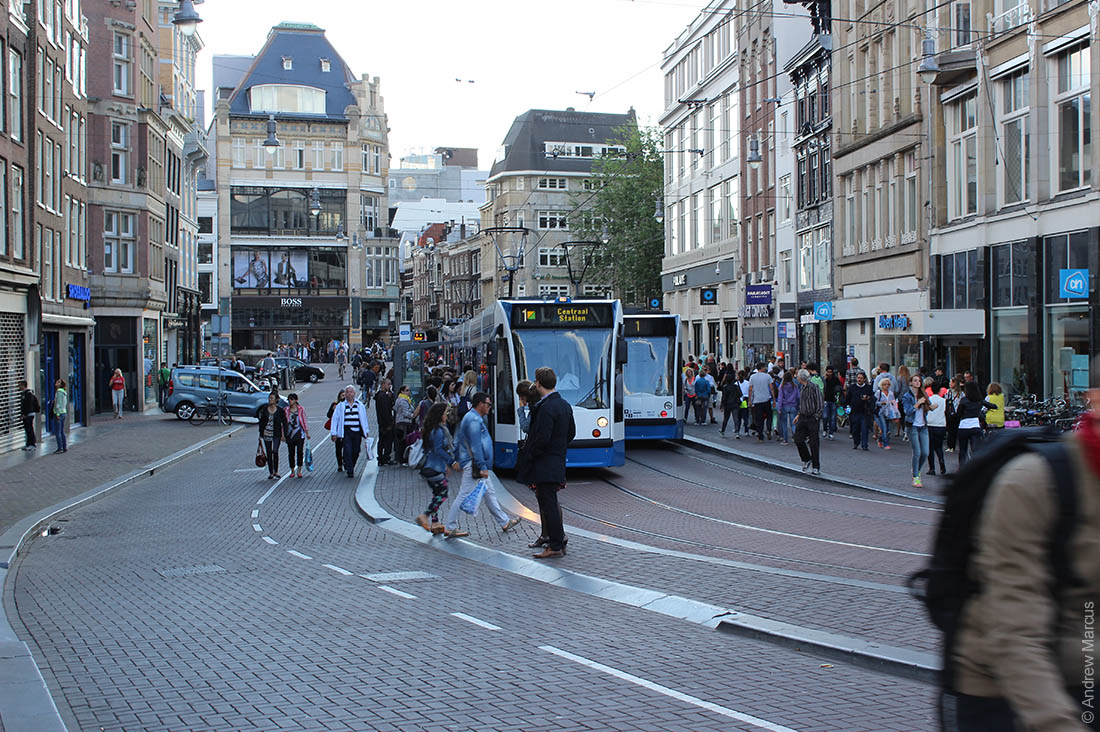
Quirky little cars.
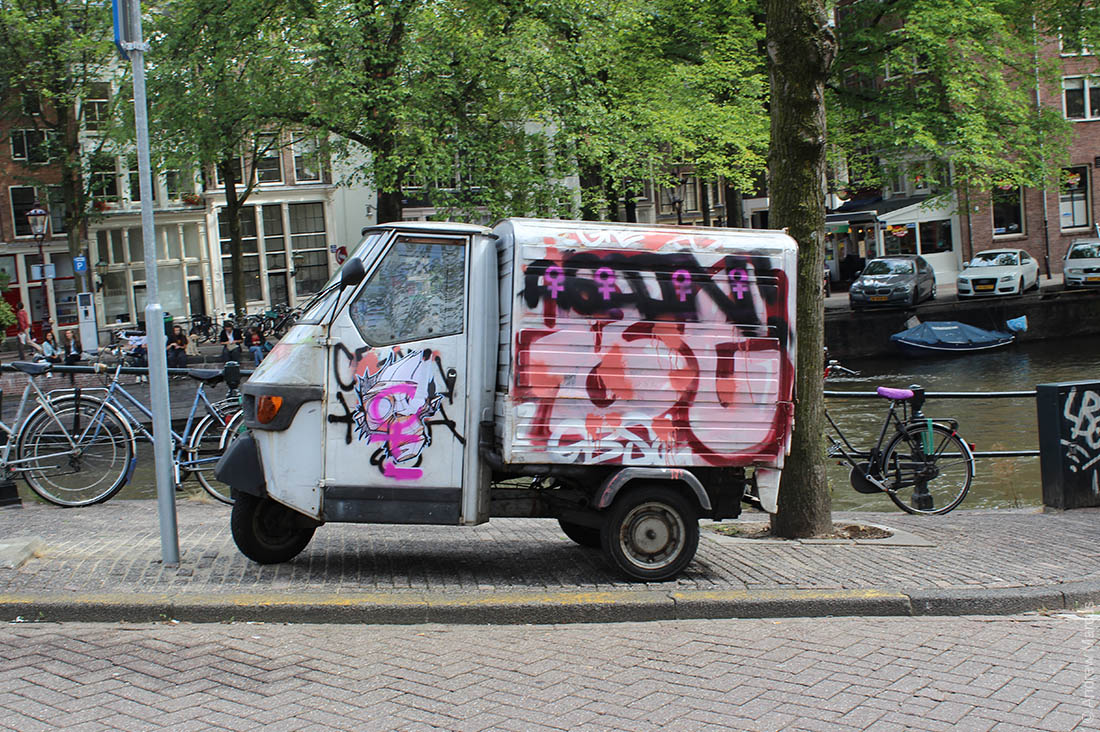
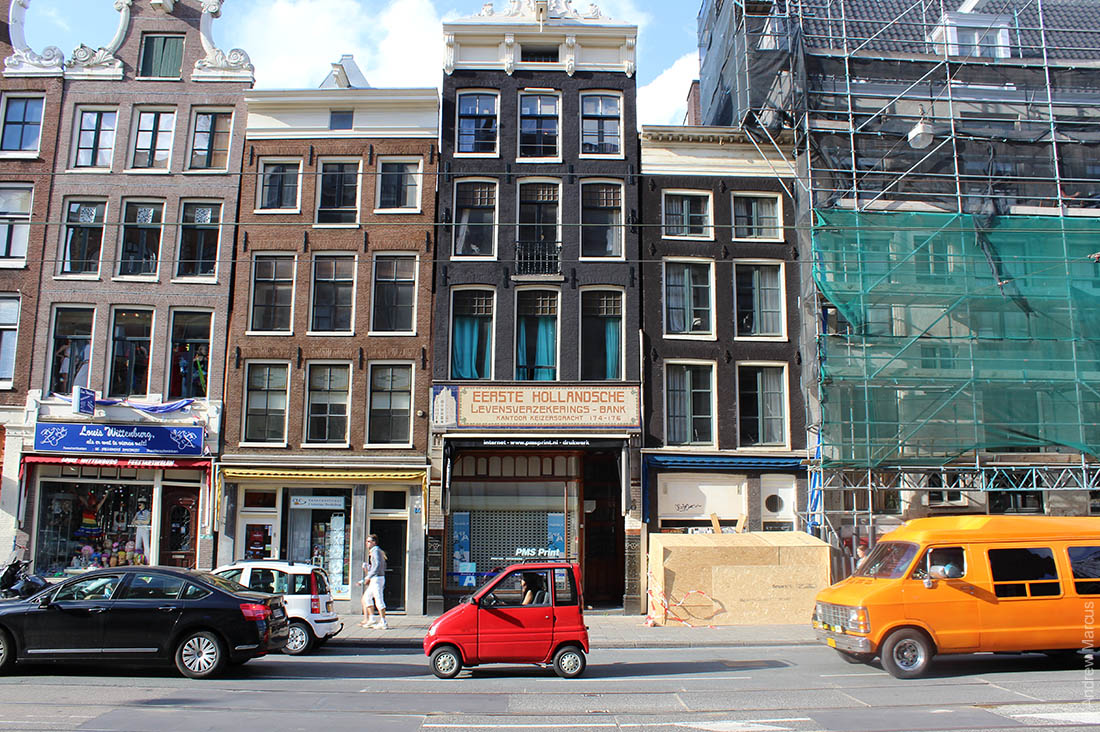
The canals that one can endlessly admire.
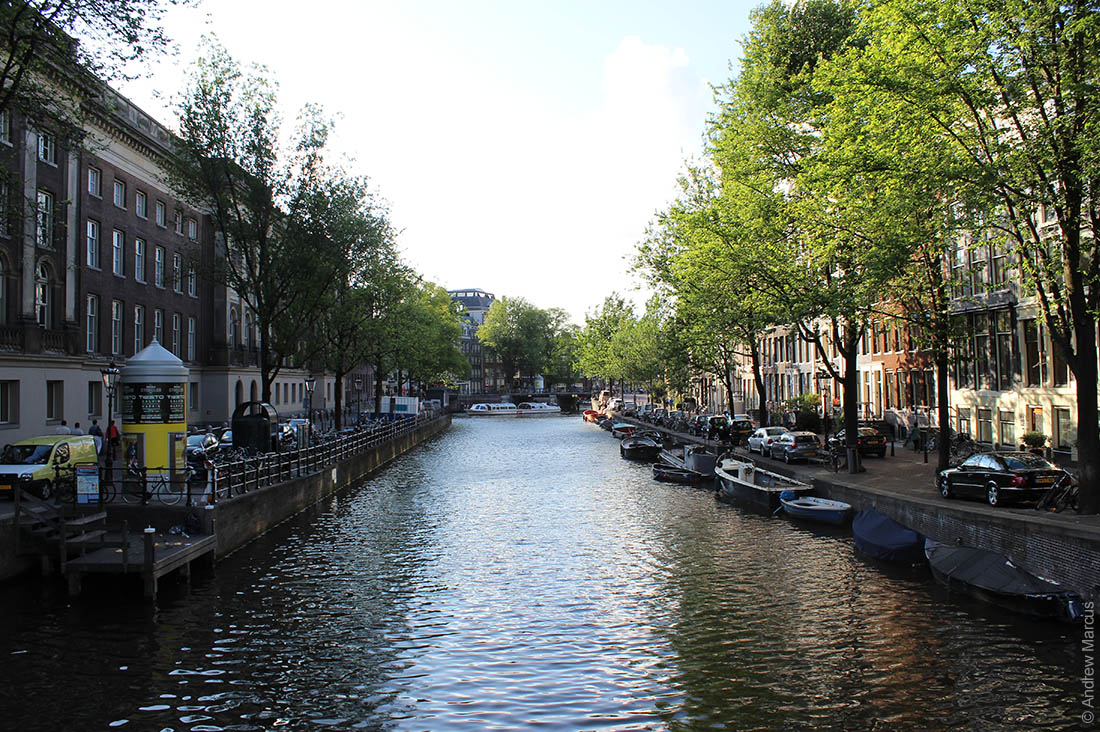
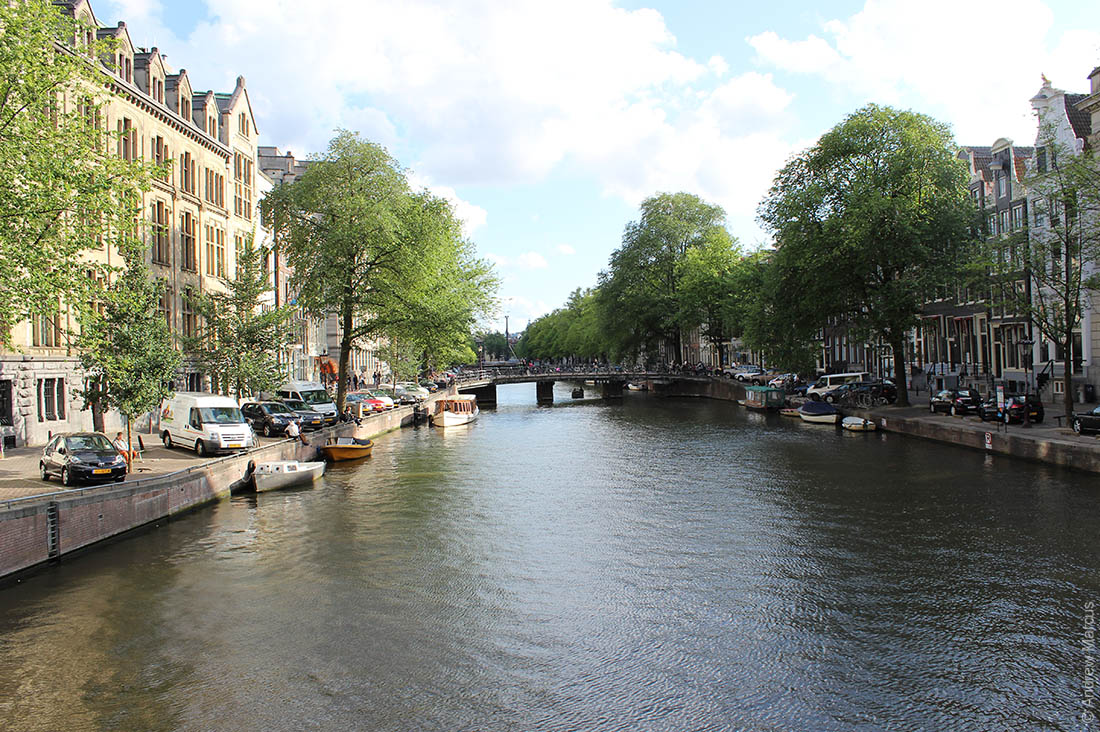
Clusters of mailboxes. Each one is labeled with Nee and Ja: “Nee” means the resident doesn’t want to receive mail, and “Ja” means that mail can be placed in the mailbox.
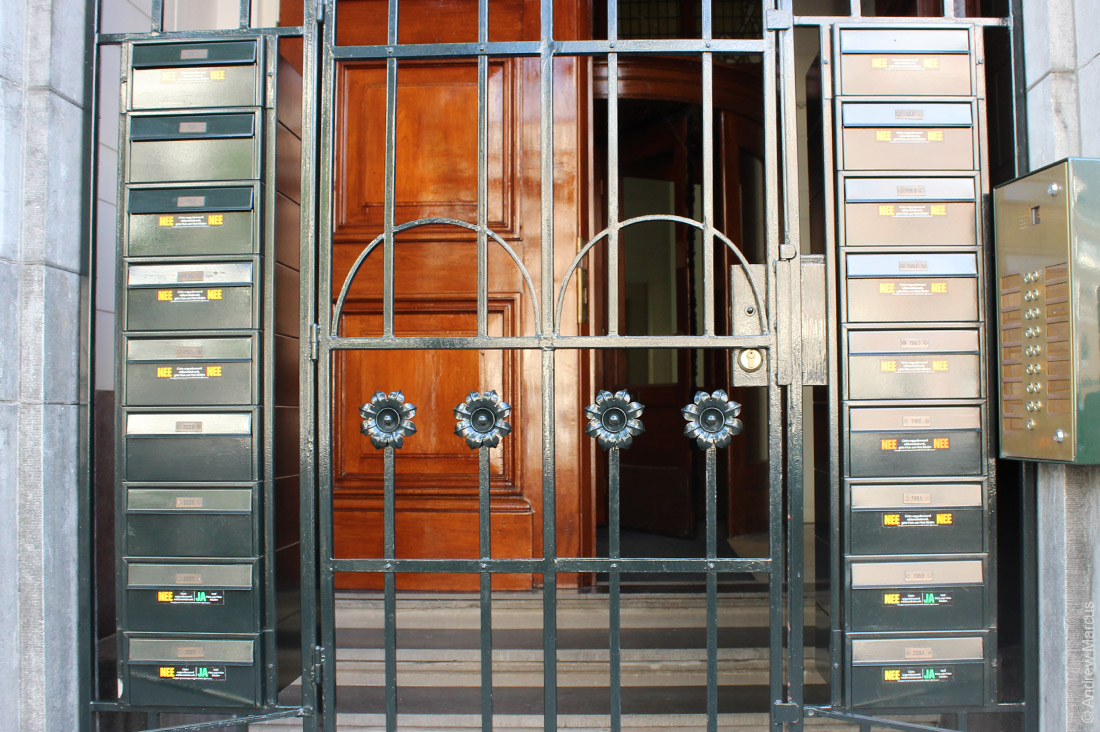
Small details.
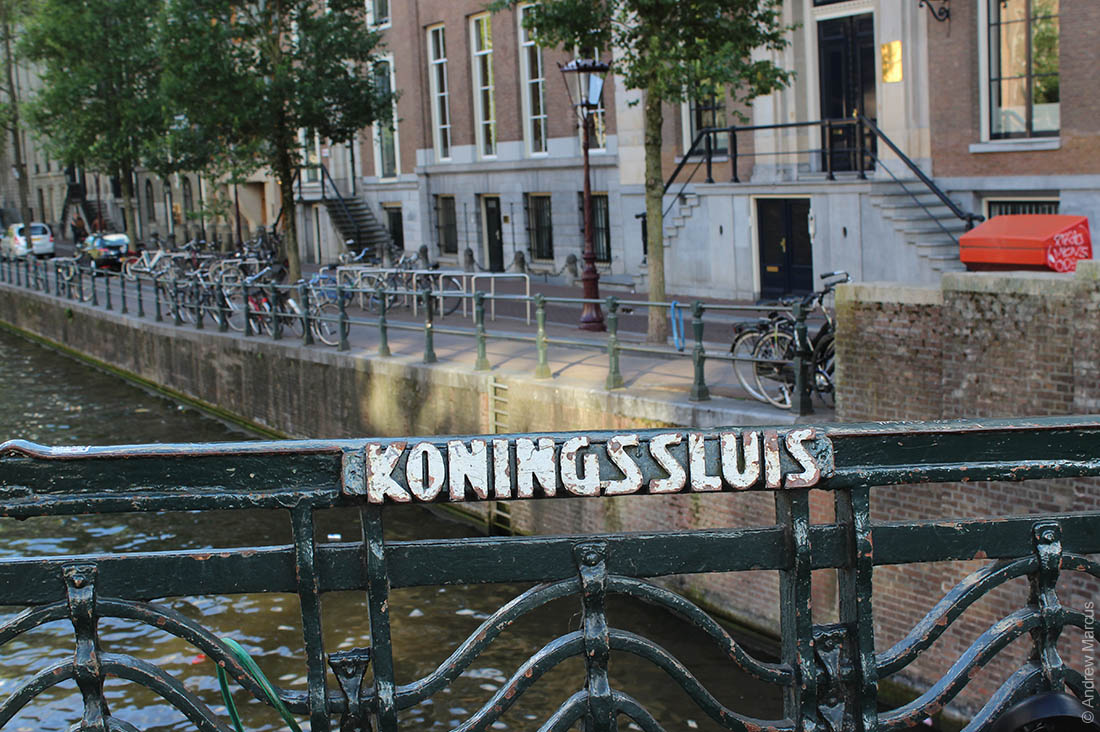
Someone attached a side mirror to see the guest at the door from the window.
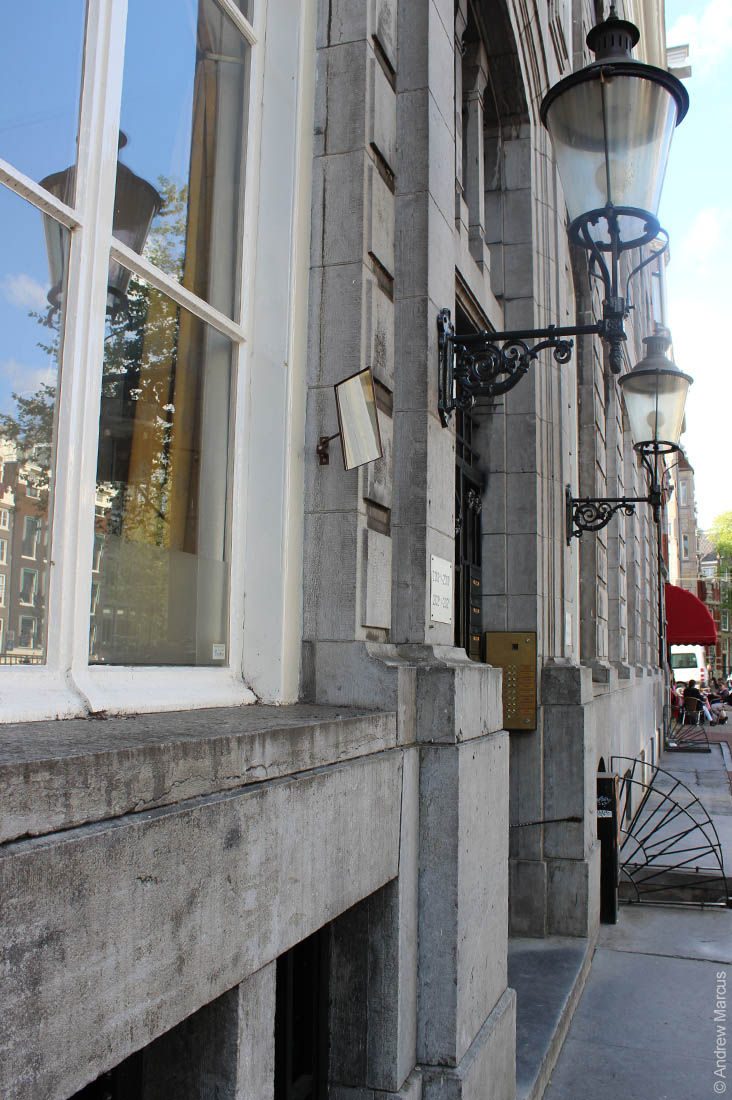
S.P.Q.A. — How are we worse than Rome?
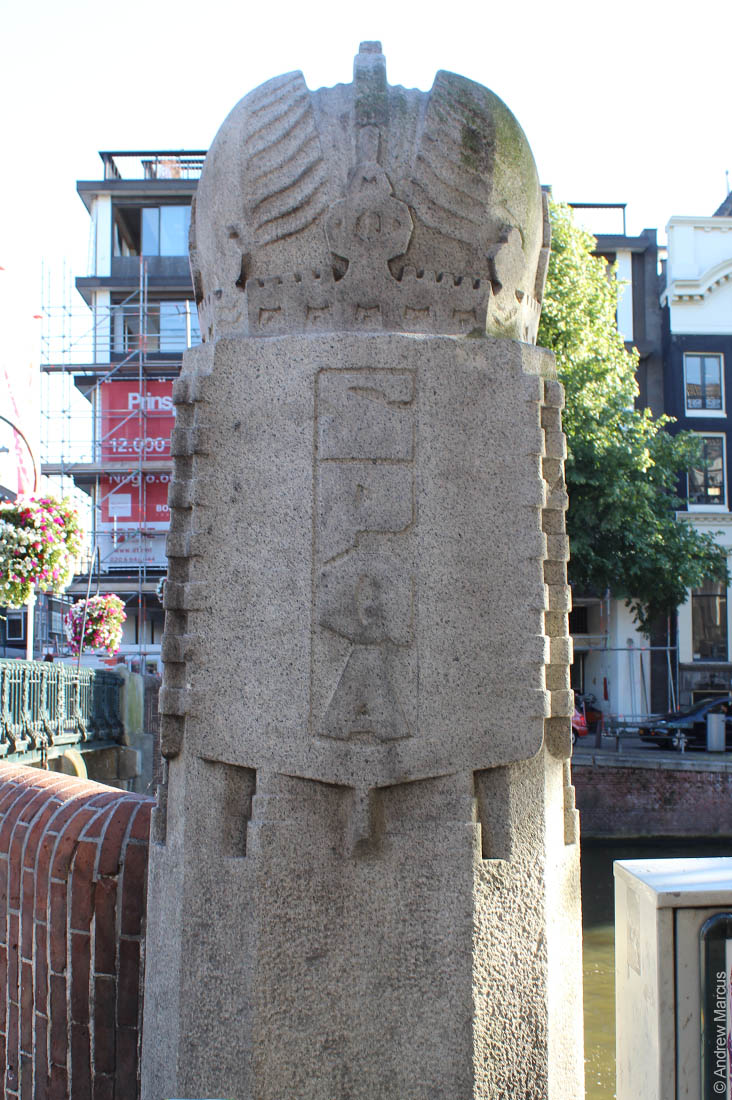
Charging station for electric cars.
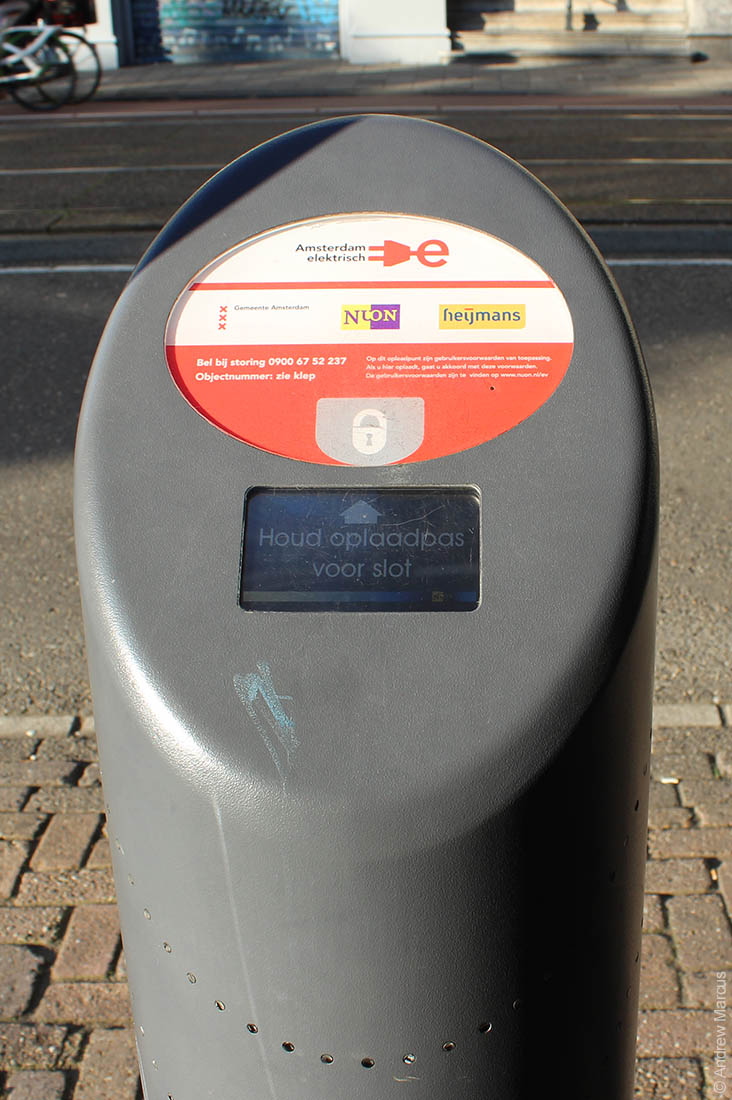
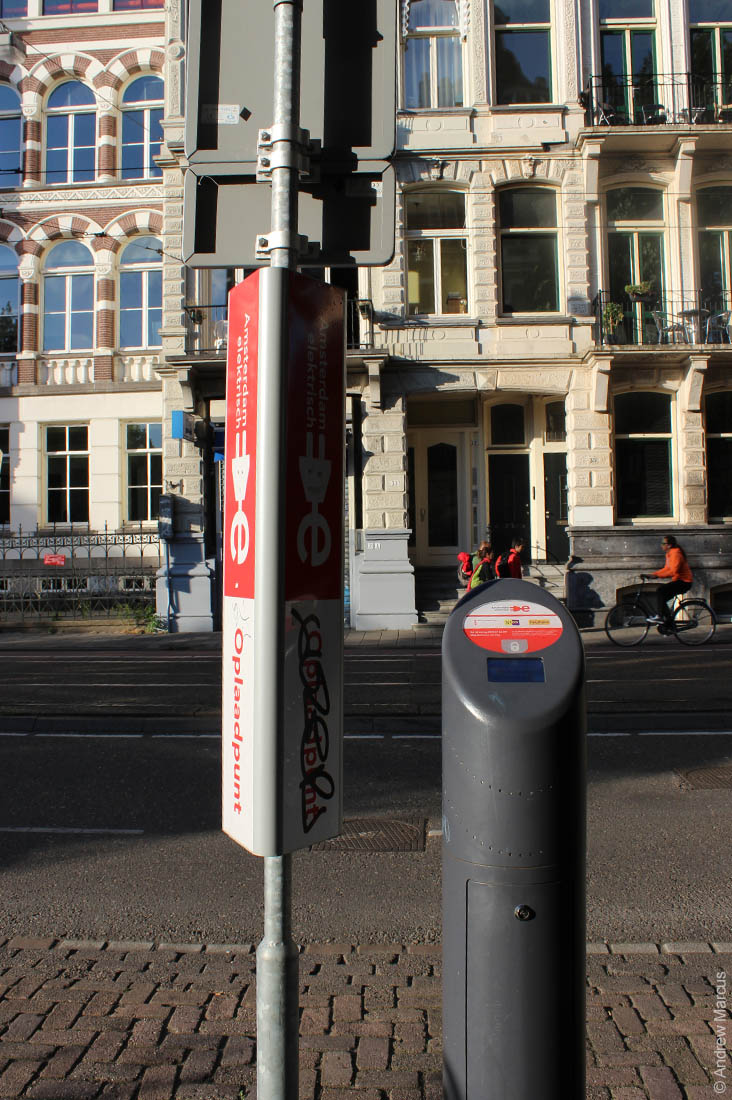
Parking meter.
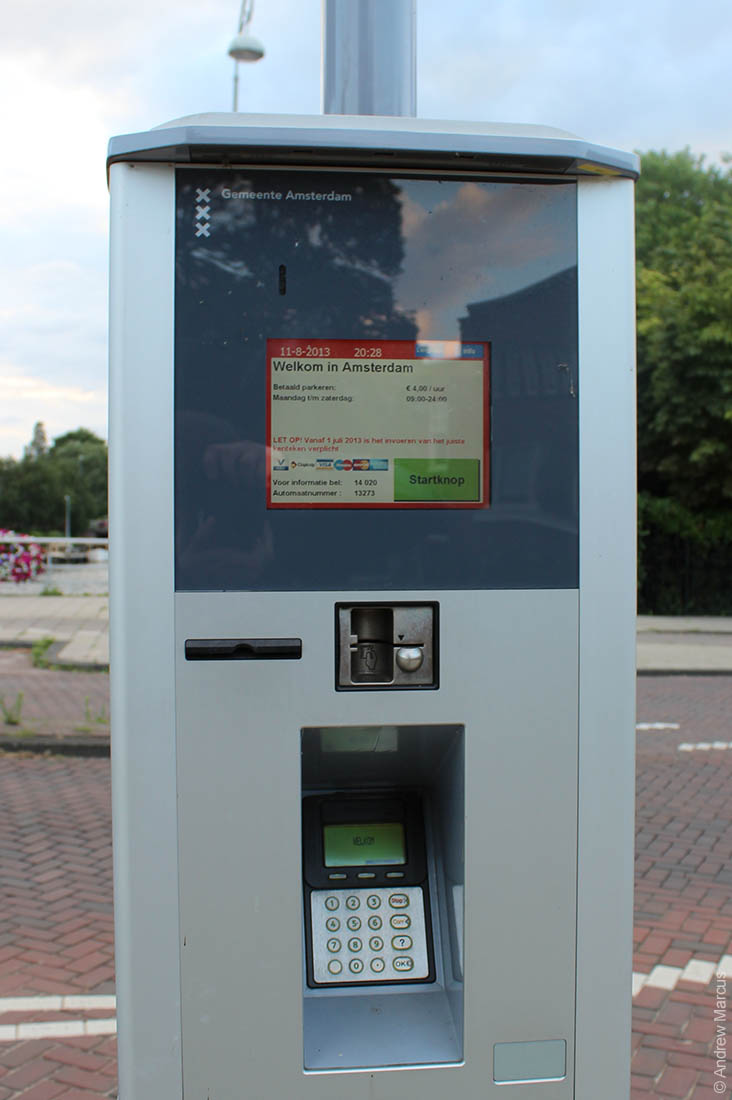
Road sign “Flying prohibited.”
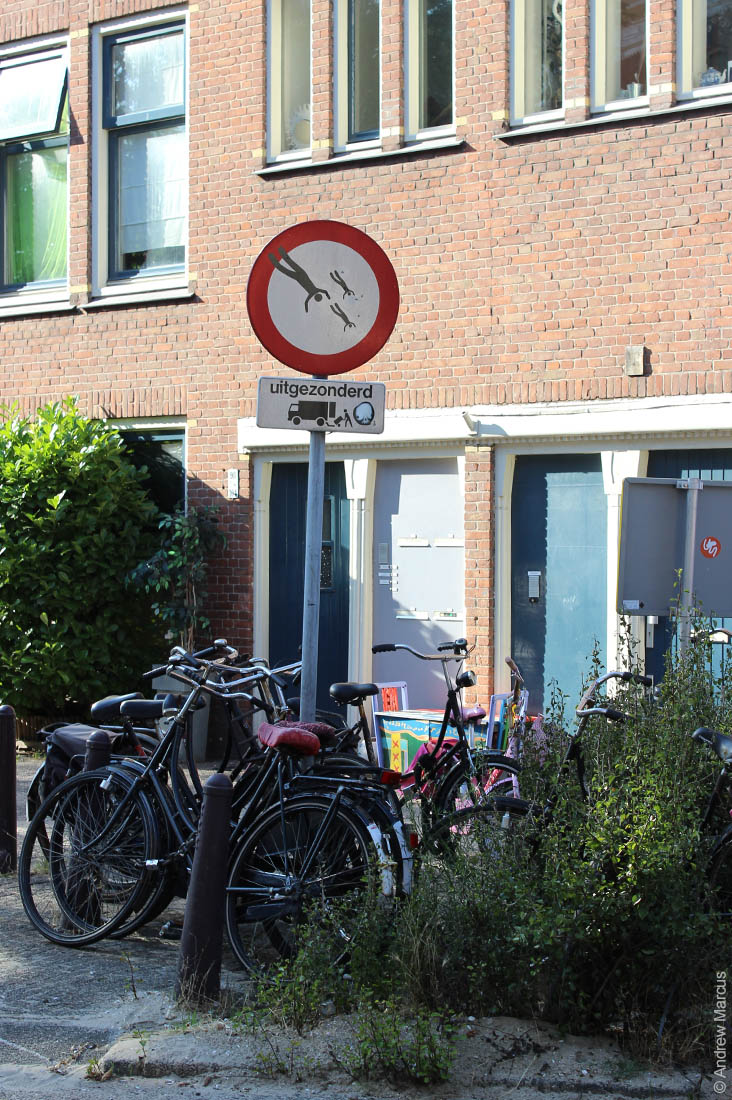
Various street performances constantly take place in the city.
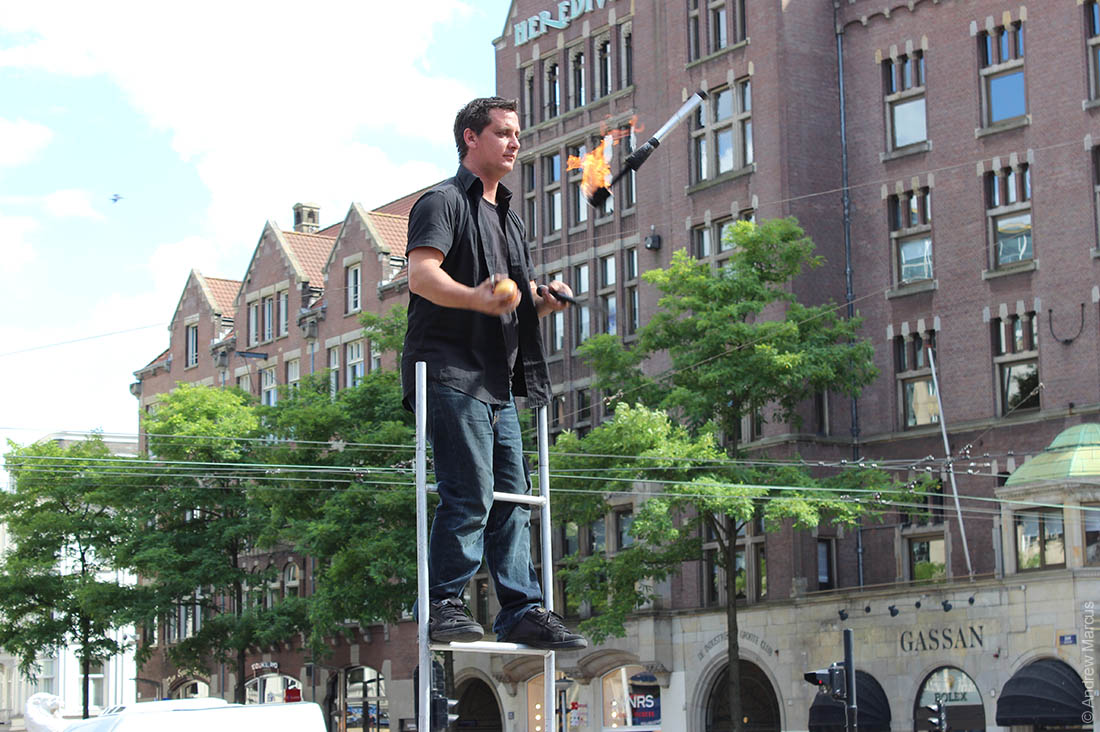
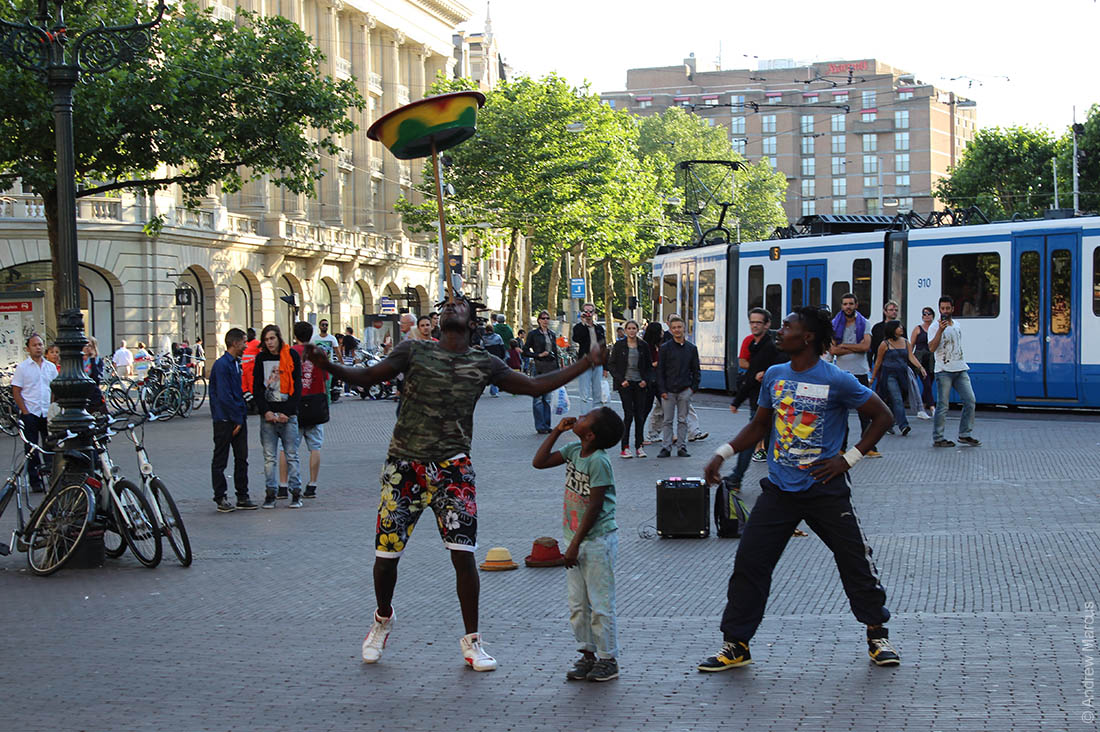
The garbage from restaurants and cafes is collected according to a schedule, and before collection, some streets turn into long rows of trash bags.
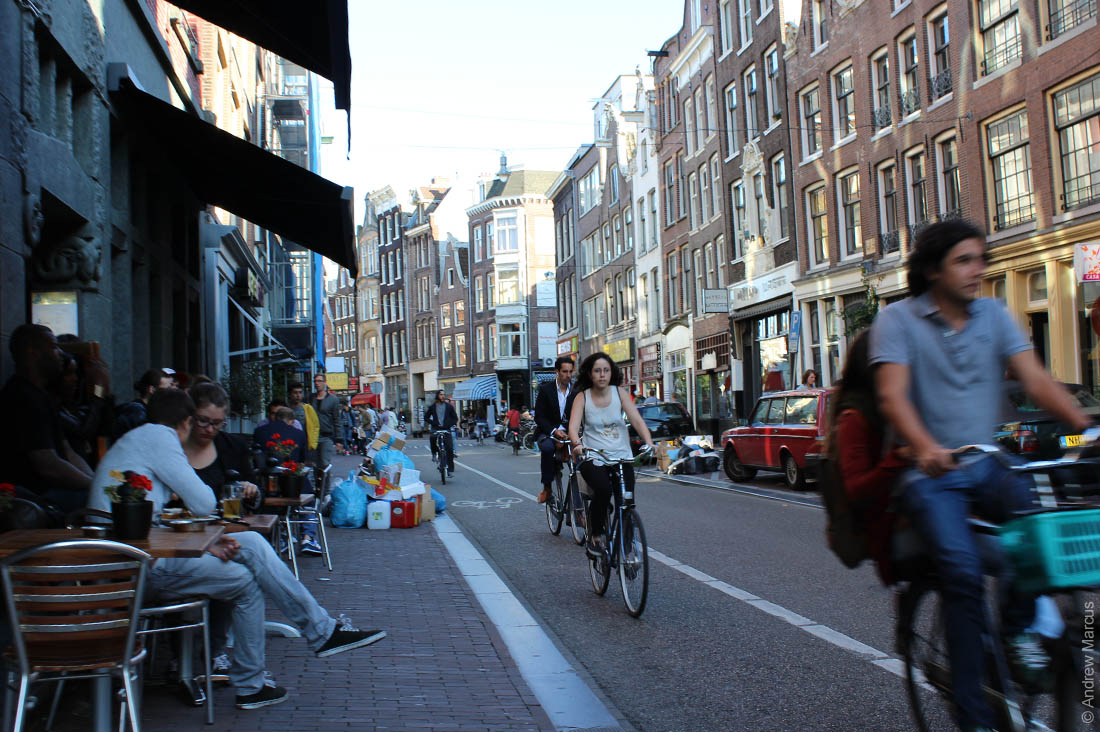
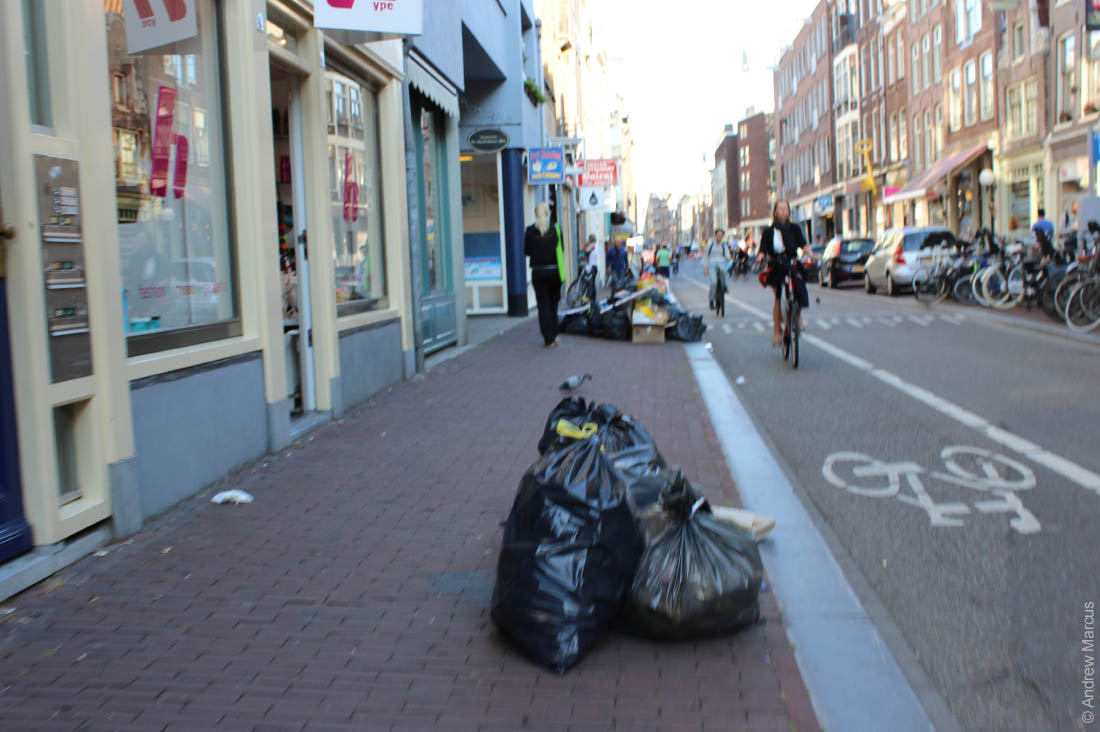
When the author came here last time, they didn’t have time to thoroughly explore the culture of legal drugs. At that time, I thought, well, if it’s allowed. It turns out, not only is it allowed here, but it is also actively promoted. Everyone has long known about marijuana in shop windows.
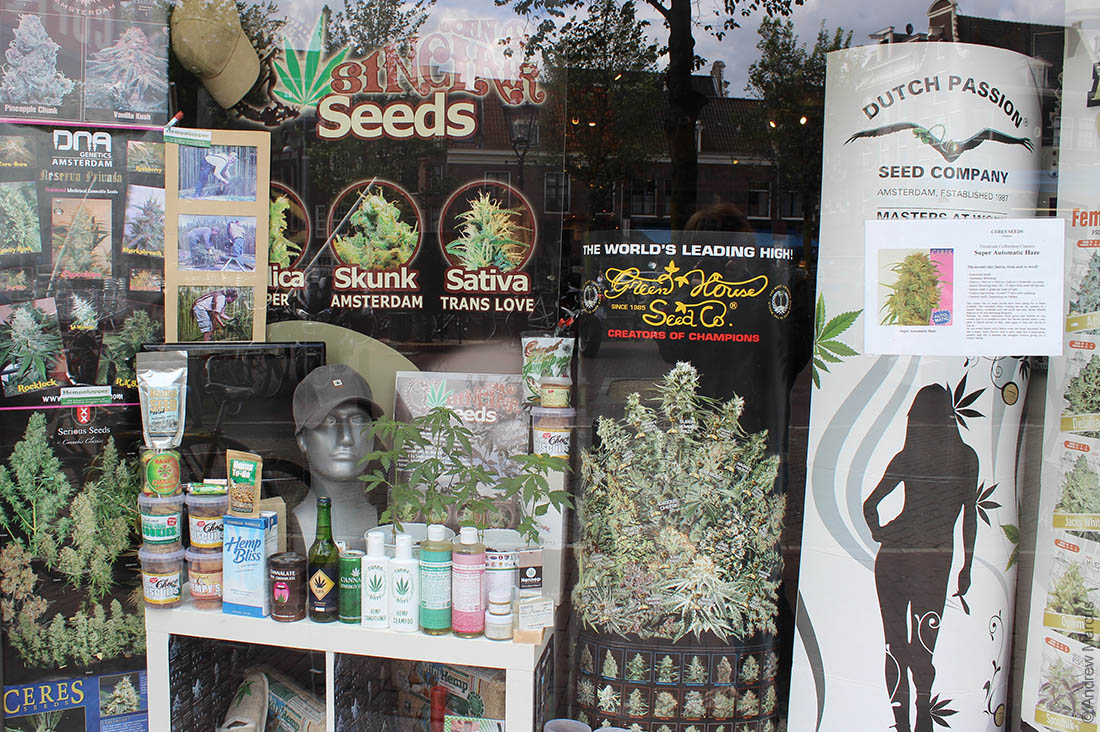
However, I must admit that I didn’t expect to see a rating of the potency of mushrooms in the form of stars from 1 to 5, divided into categories such as “visual perception,” “euphoria,” “energy boost,” and similar aspects.
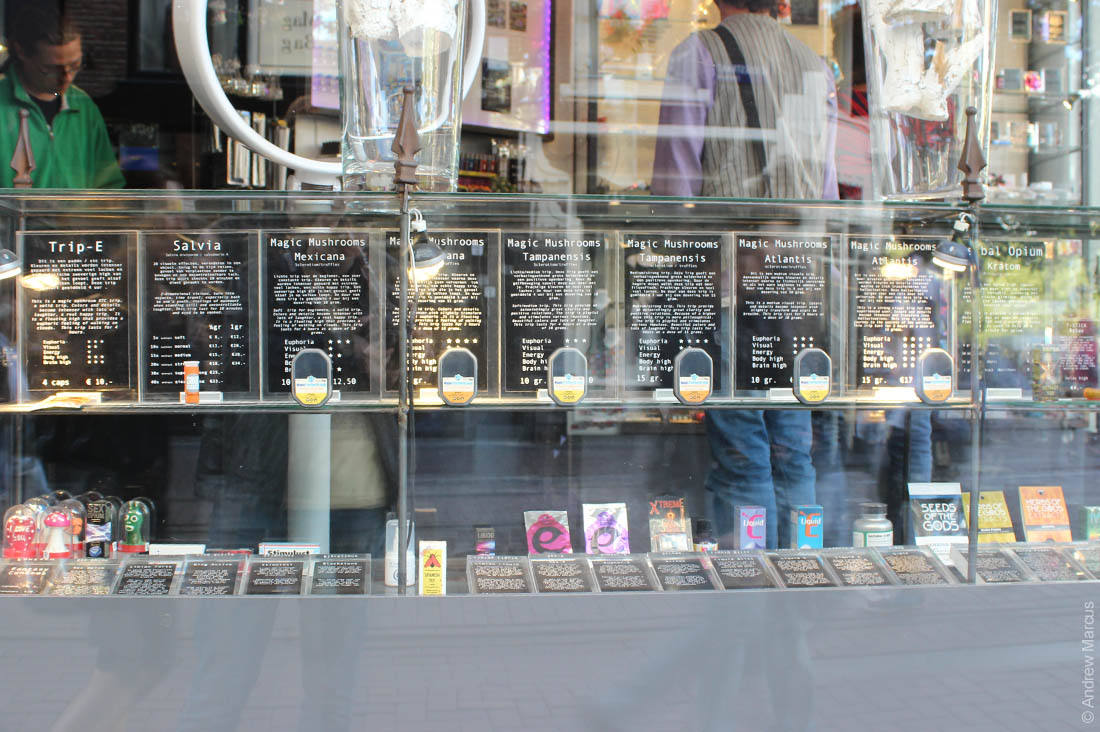
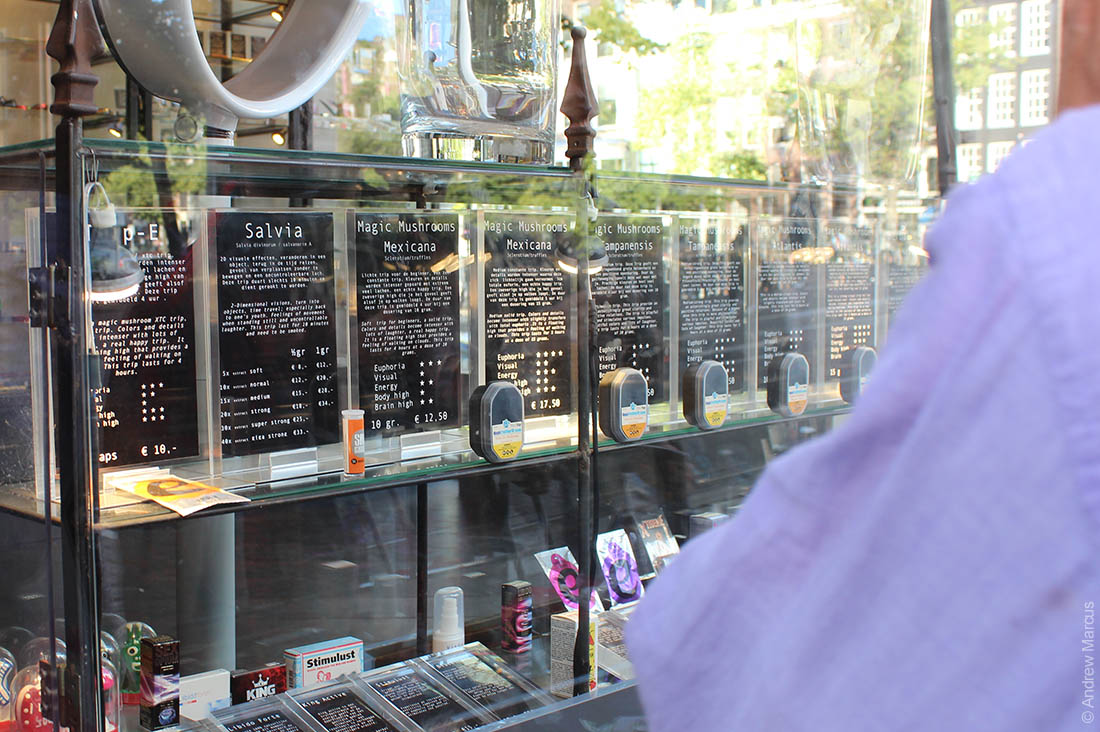
Smart shops also distribute brochures like these.
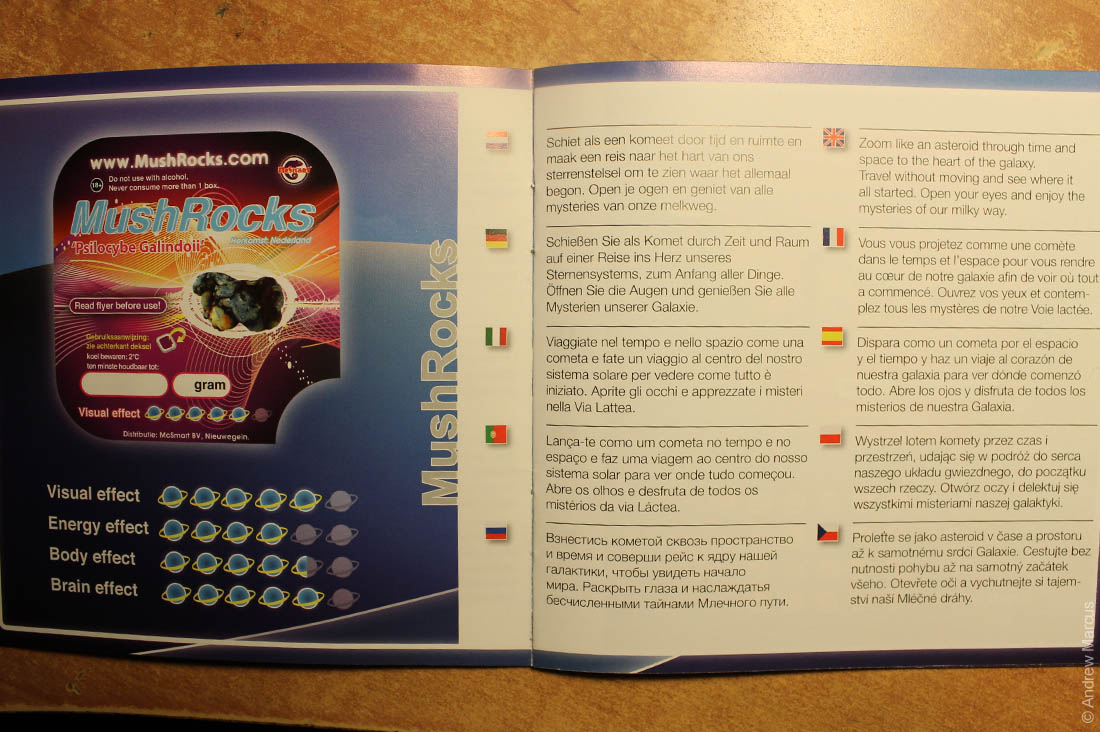
Strangely enough, famous urinals are not as visible anymore. Only “regular” toilets remain.
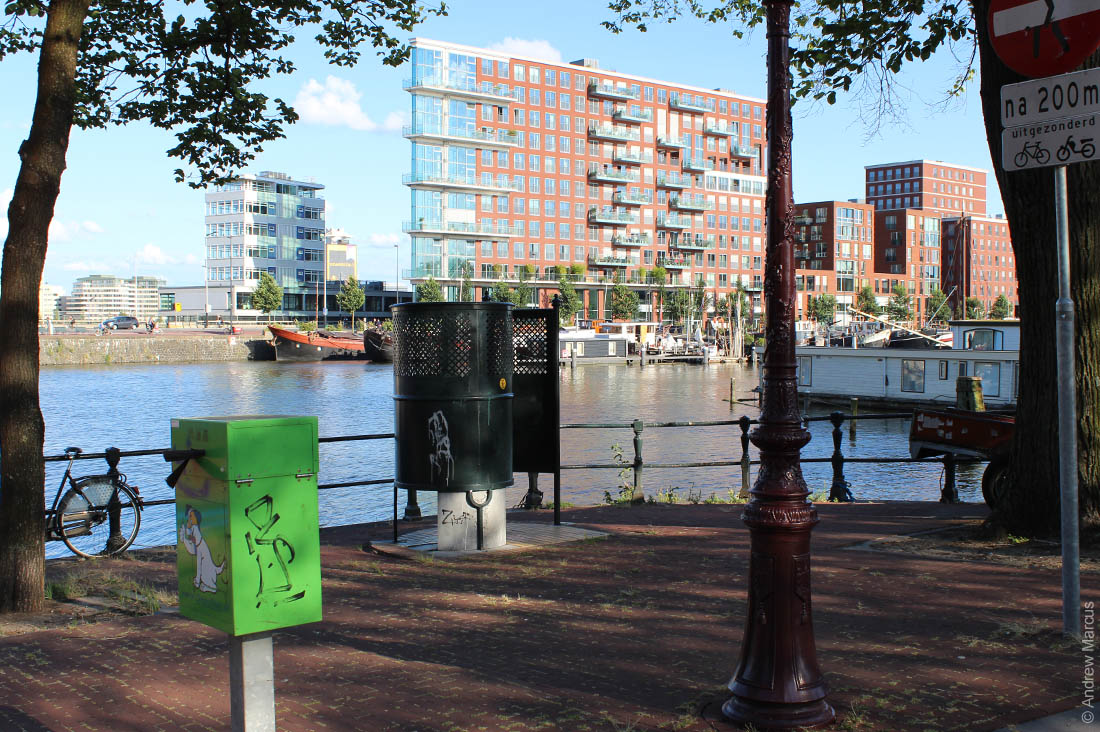
But in McDonald’s, they have assigned an auntie who collects small change for using the restroom.
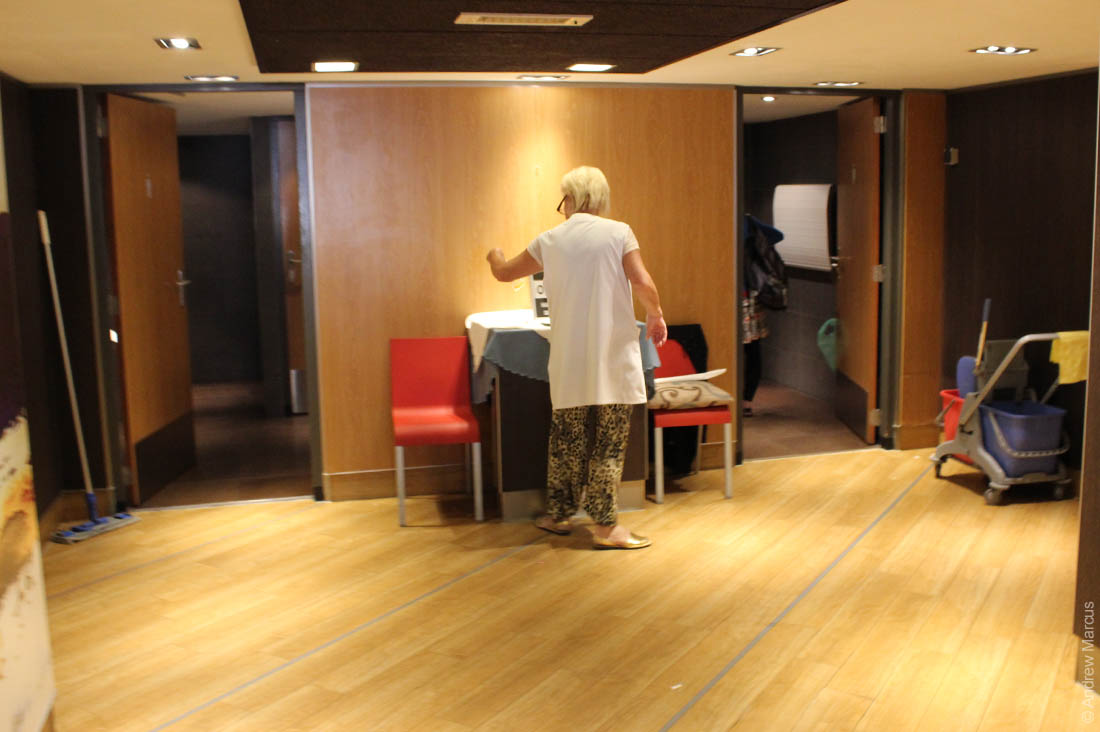
The central park is too good.
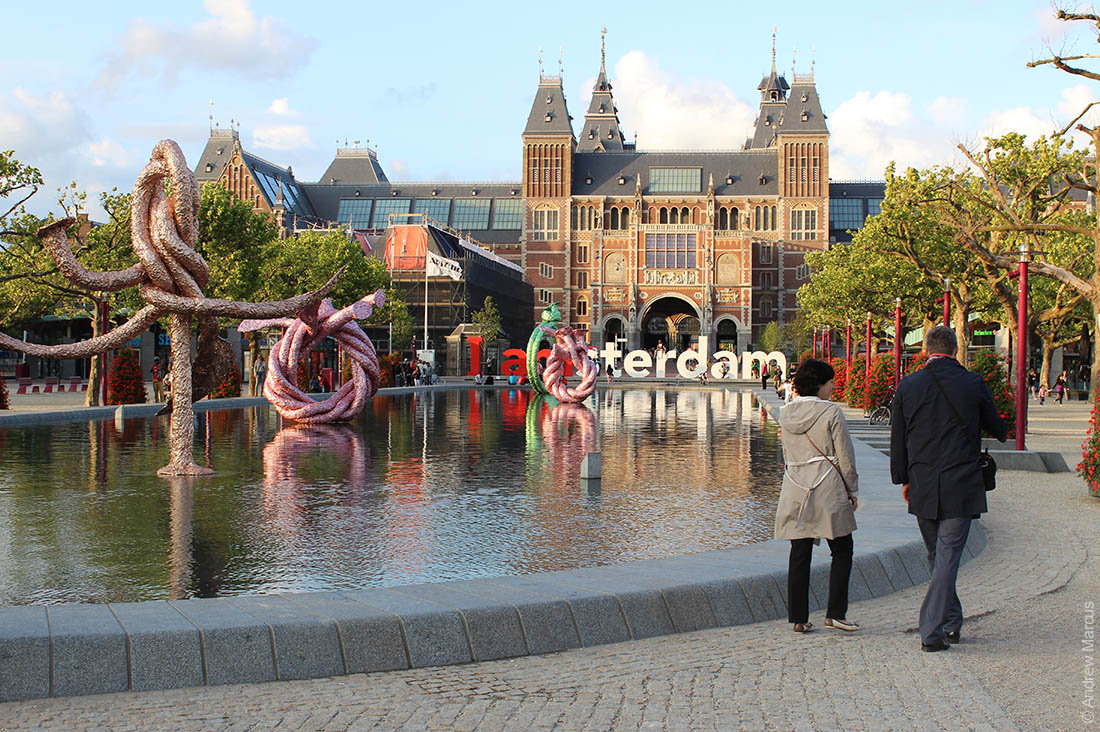
A huge lawn where you can lie down.
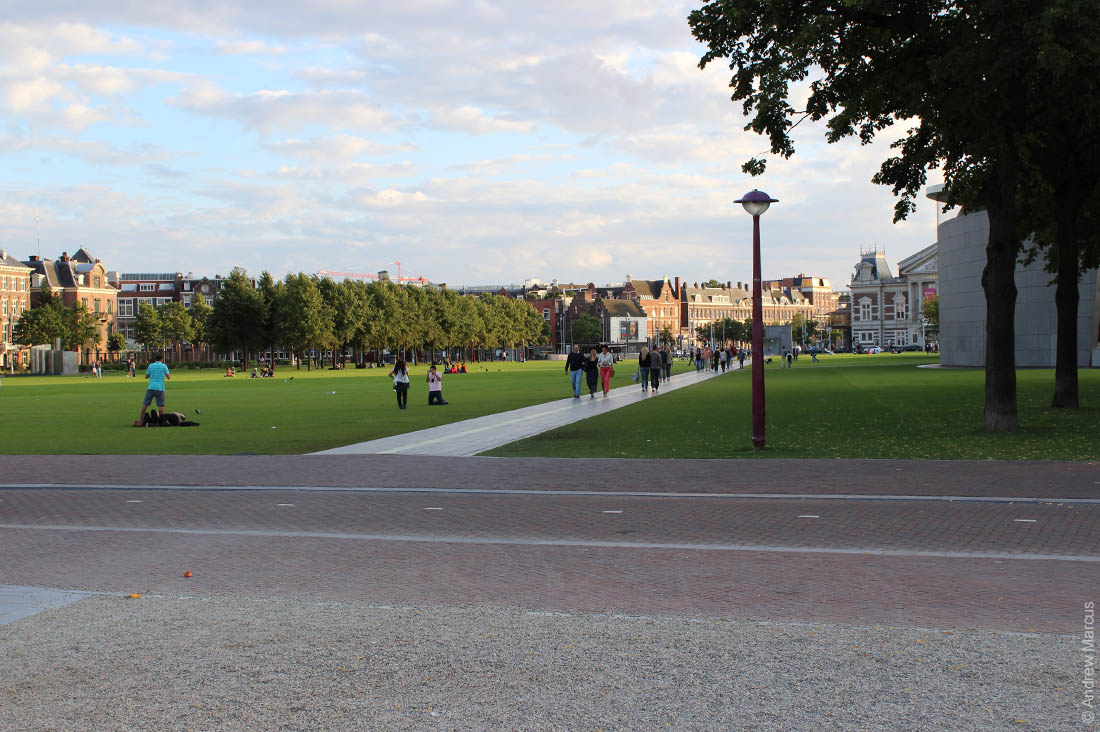
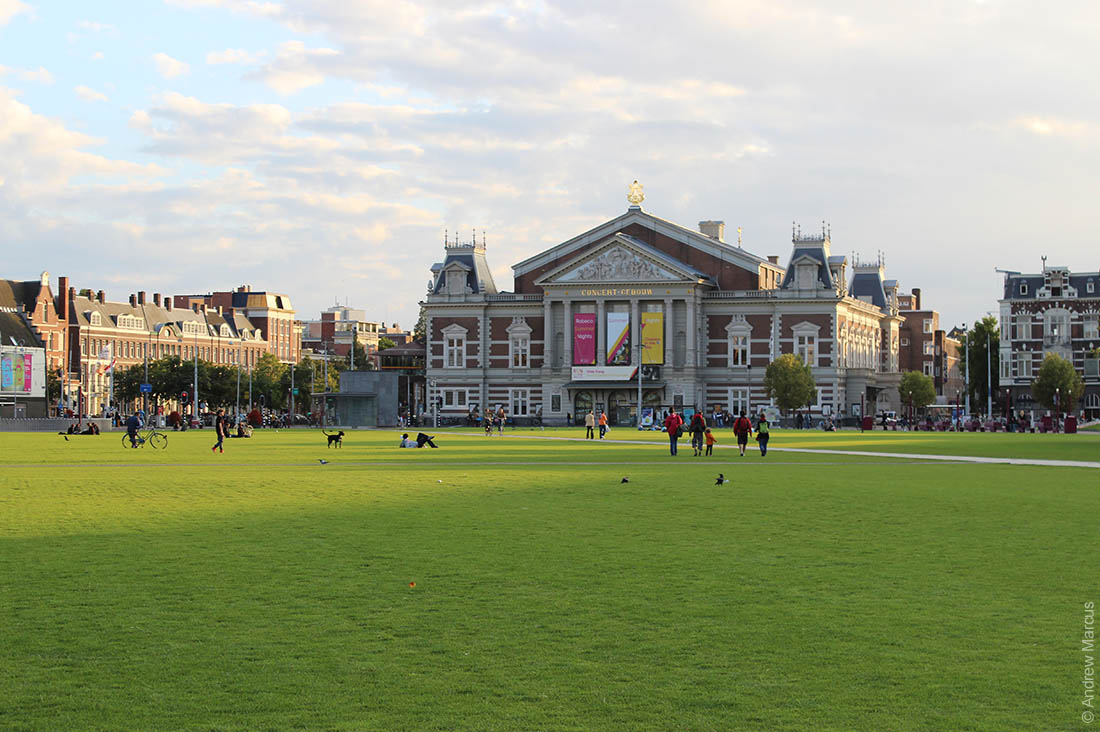
Towards the outskirts, typical Amsterdam courtyards begin. A playground.
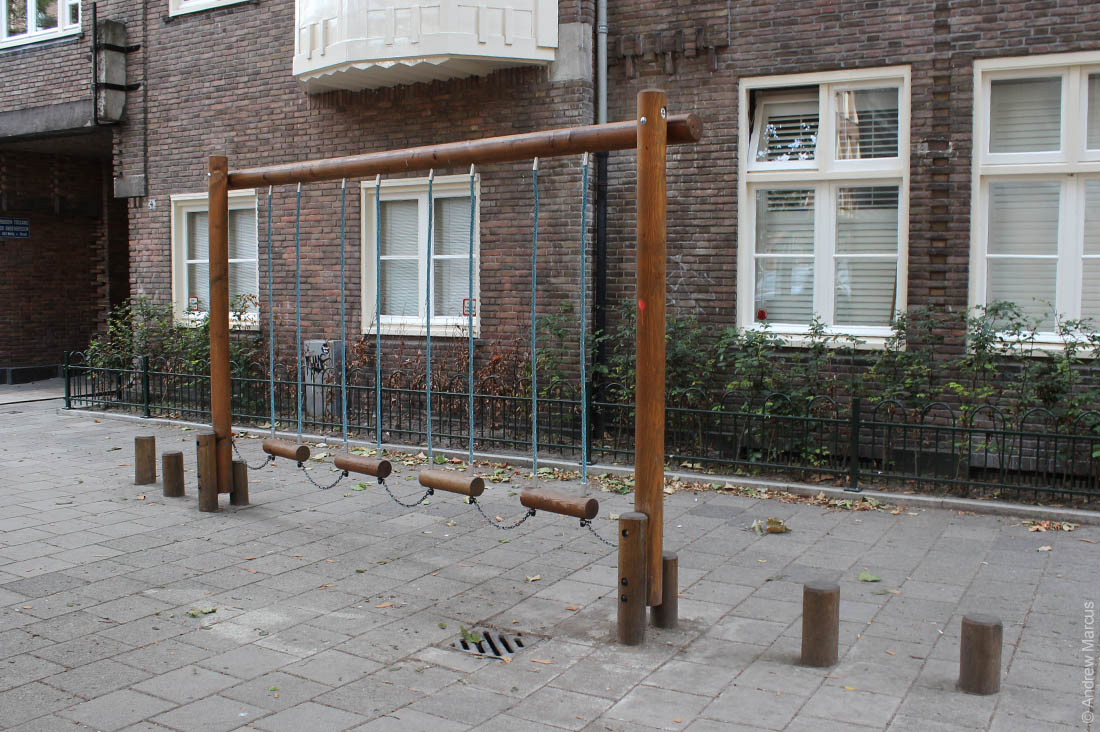
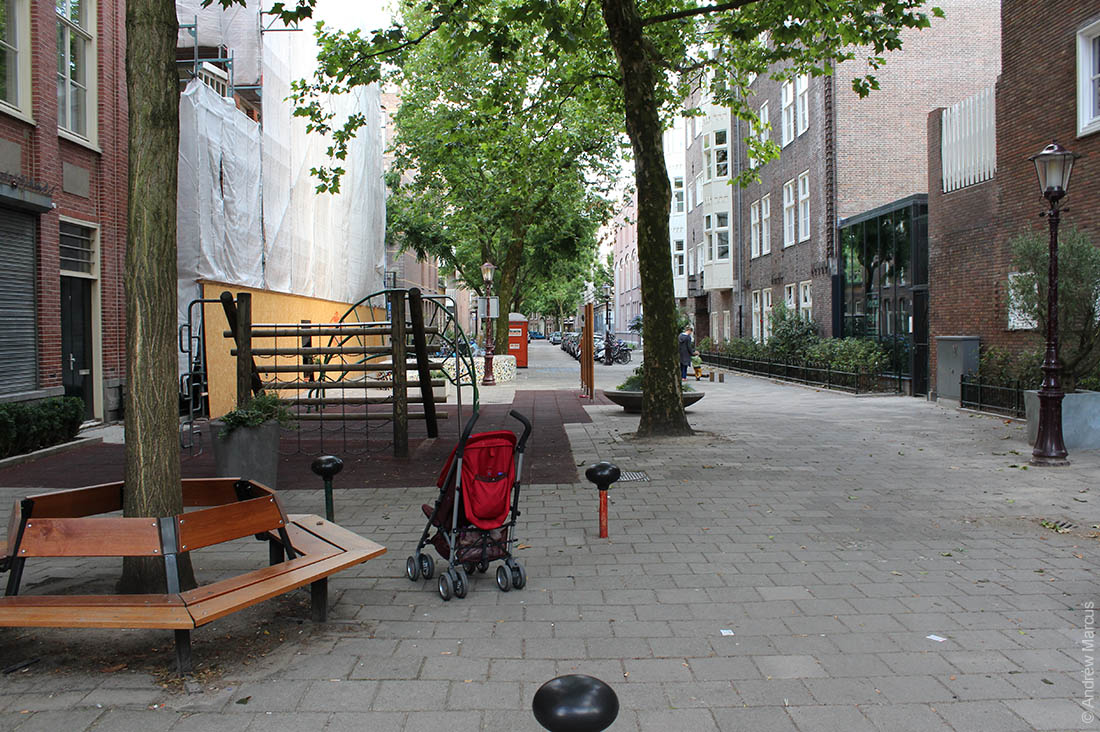
Quiet residential streets.
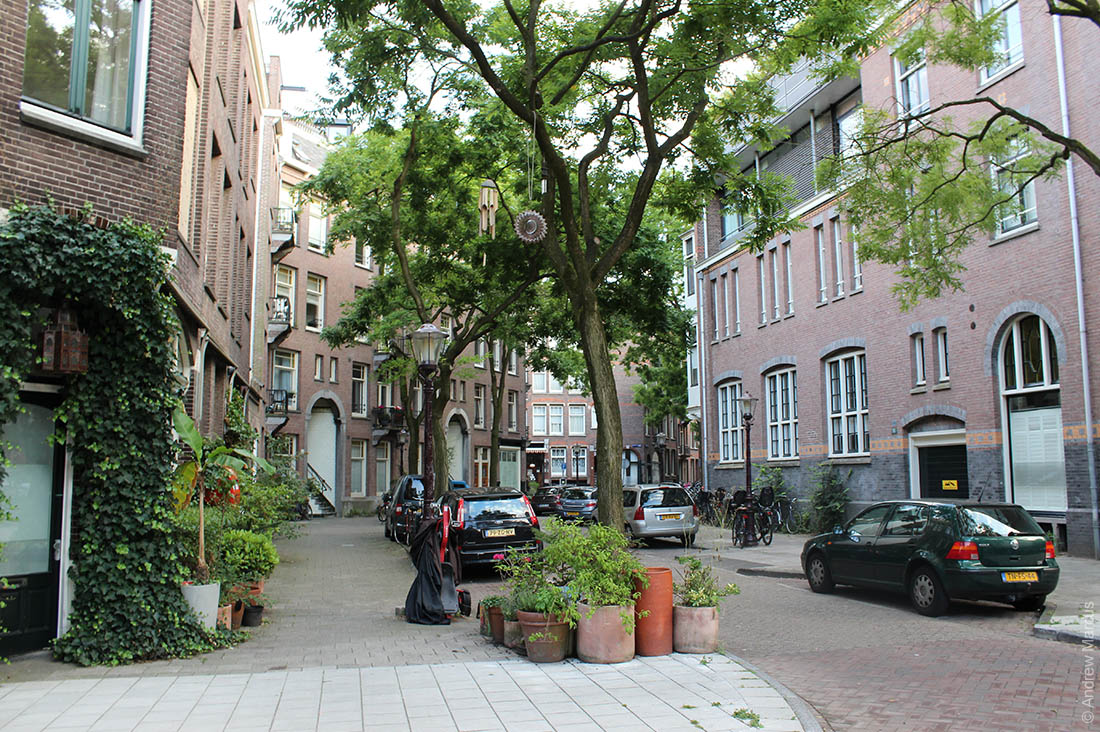
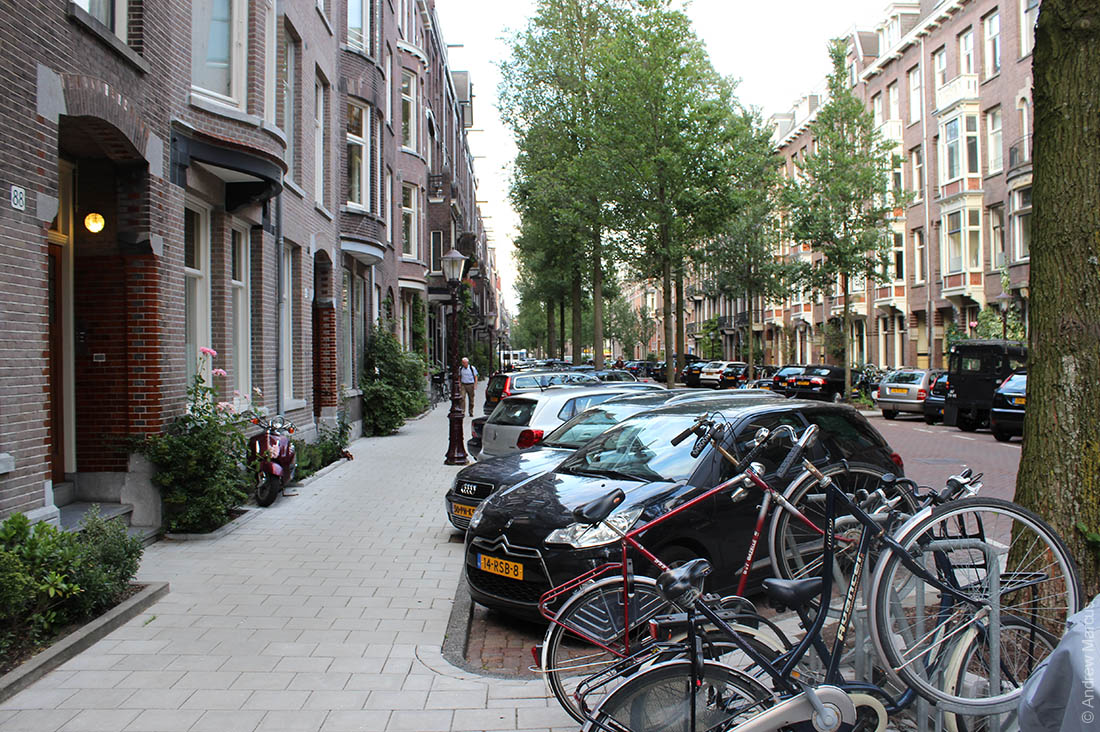
Wonderful inscription on the school wall.
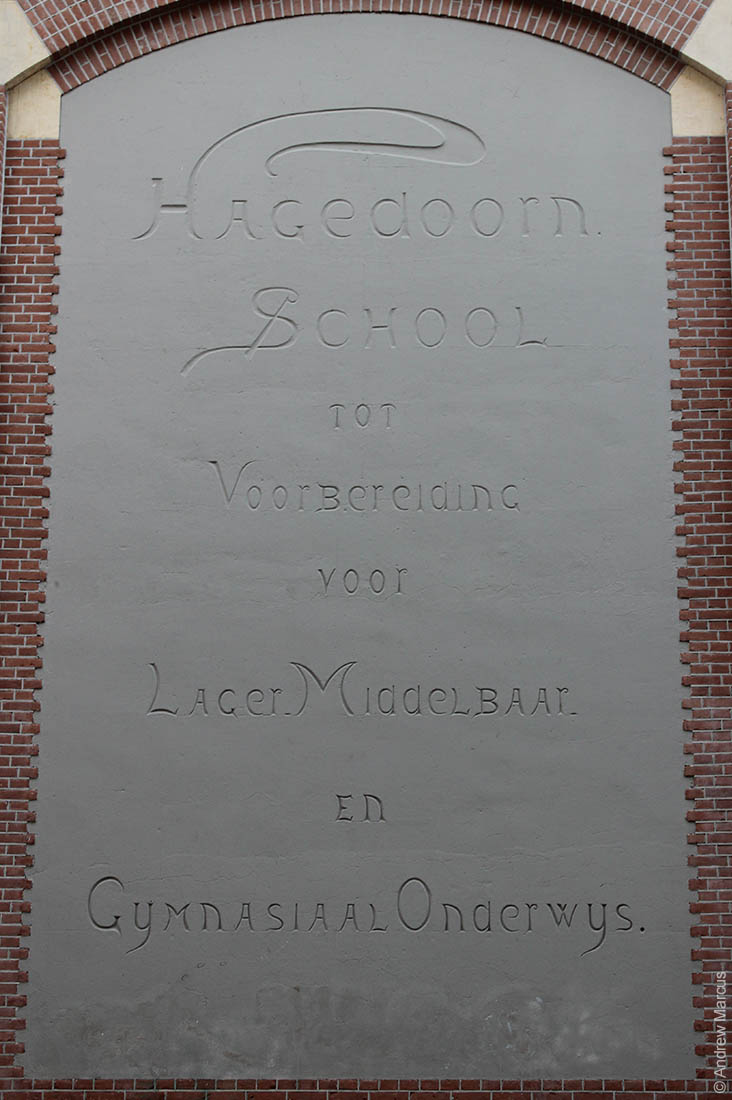
More playgrounds.
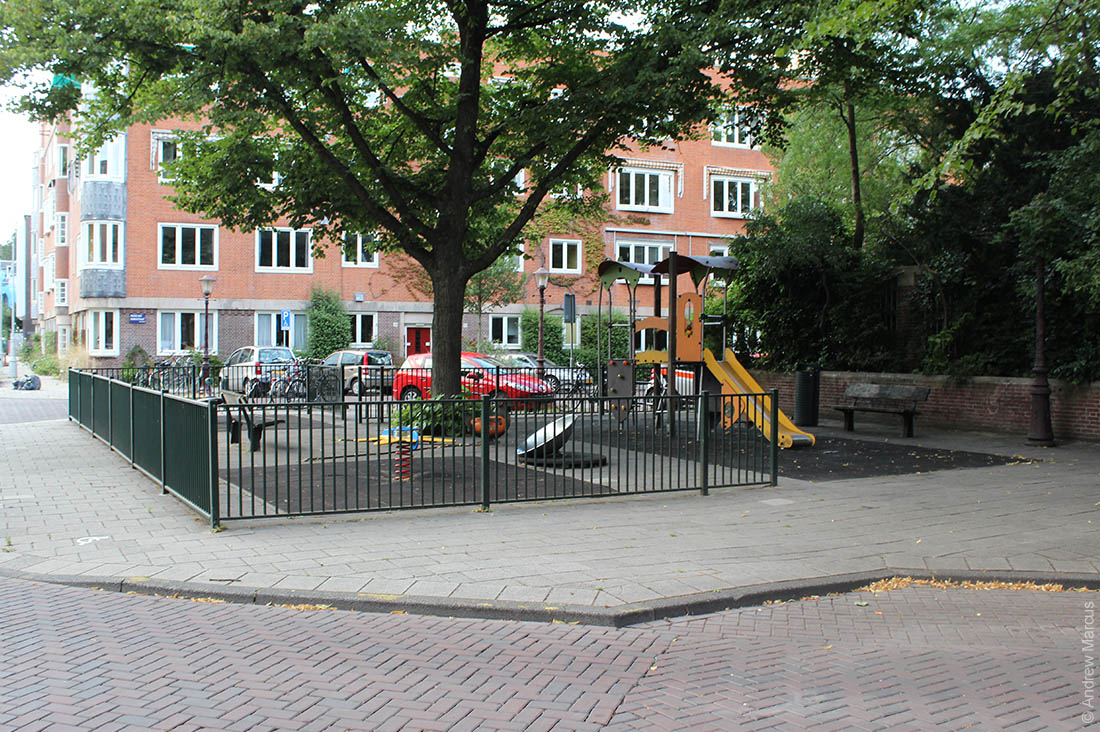
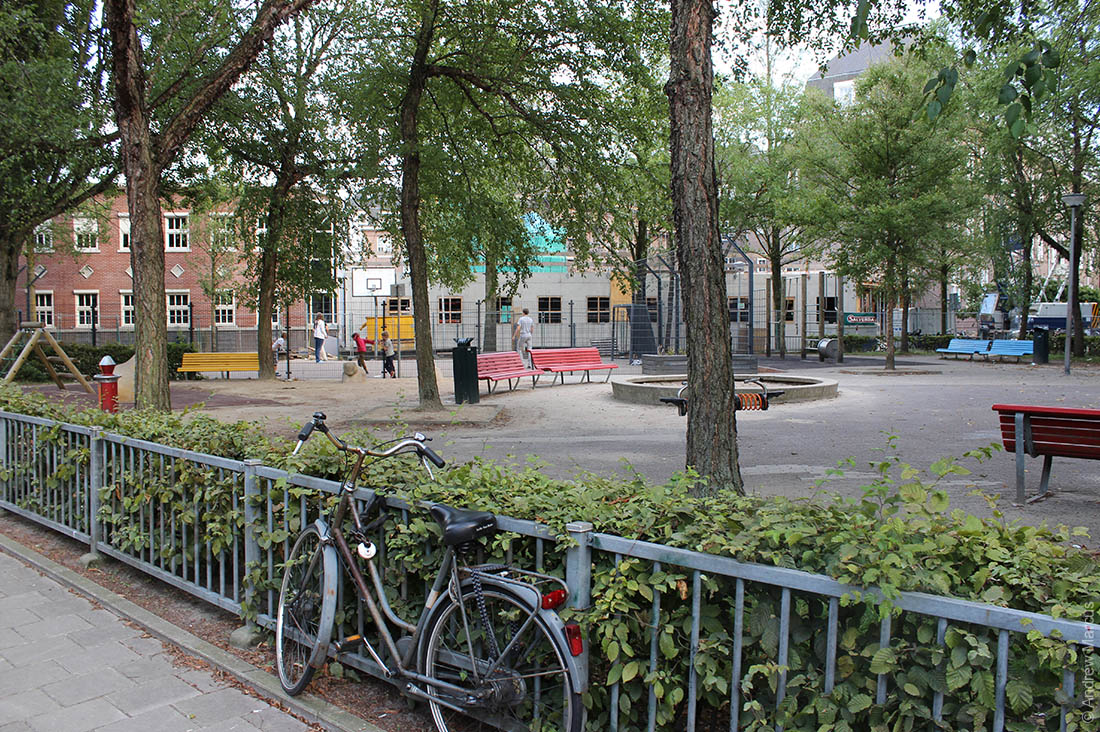
The entrances are incredibly narrow.
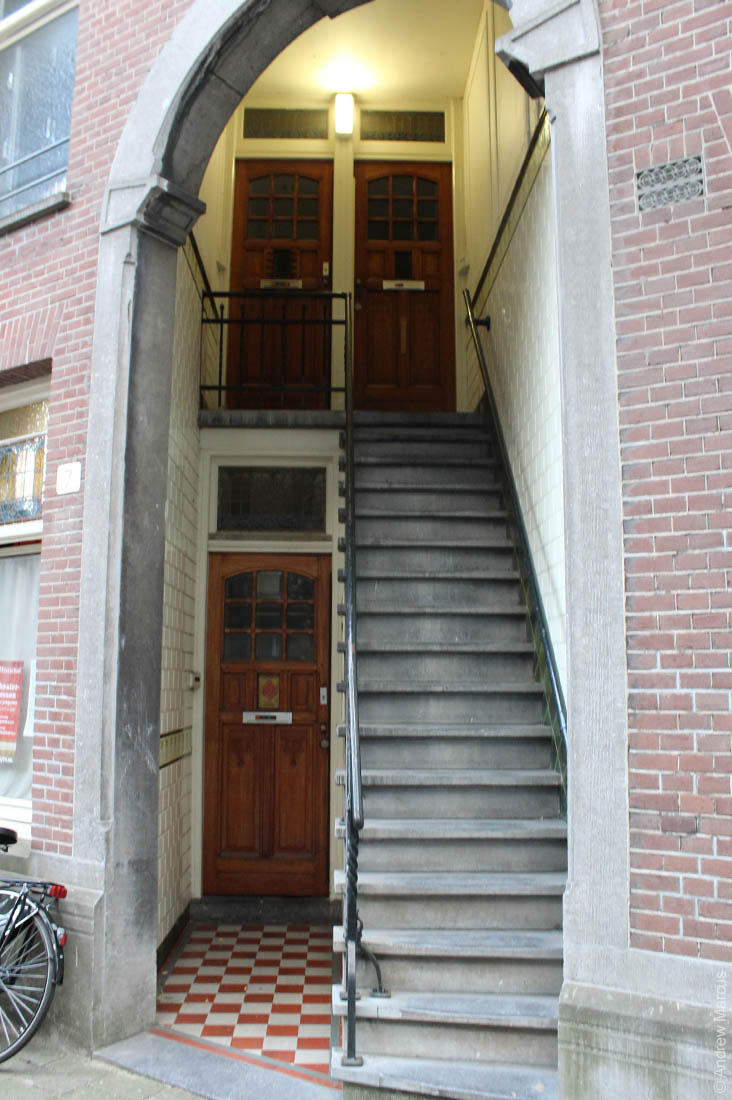
But that doesn’t prevent installing a wheelchair lift. It all depends on the willingness.
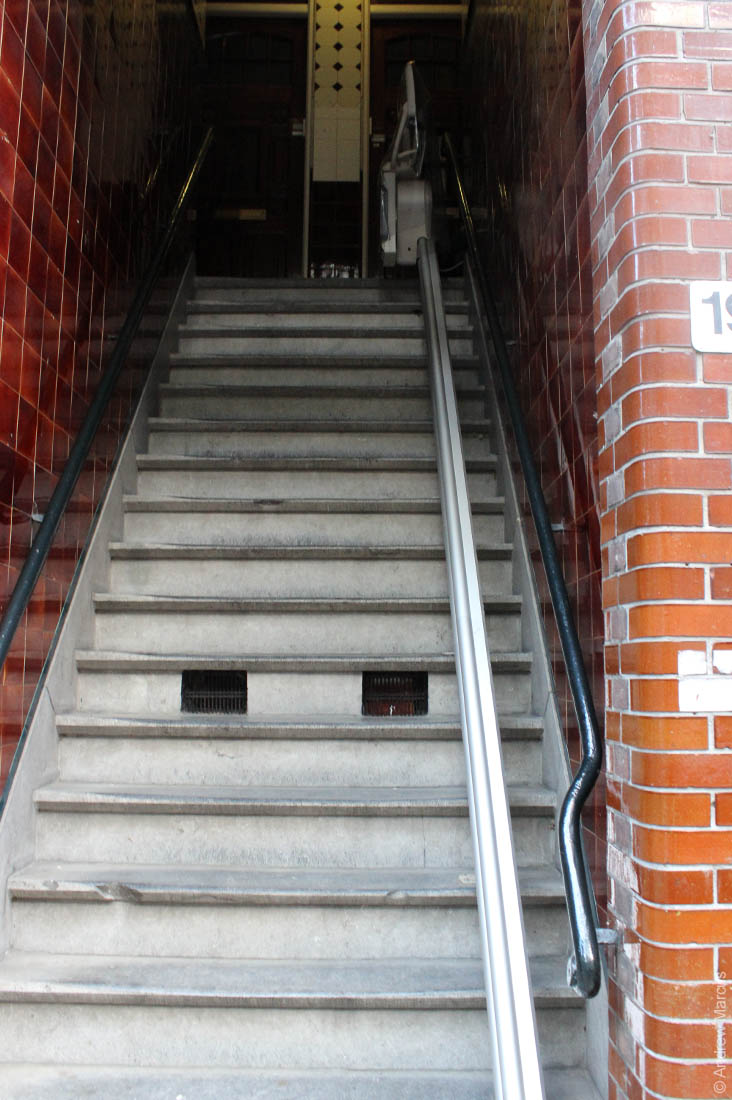
Apartments that directly face the street.
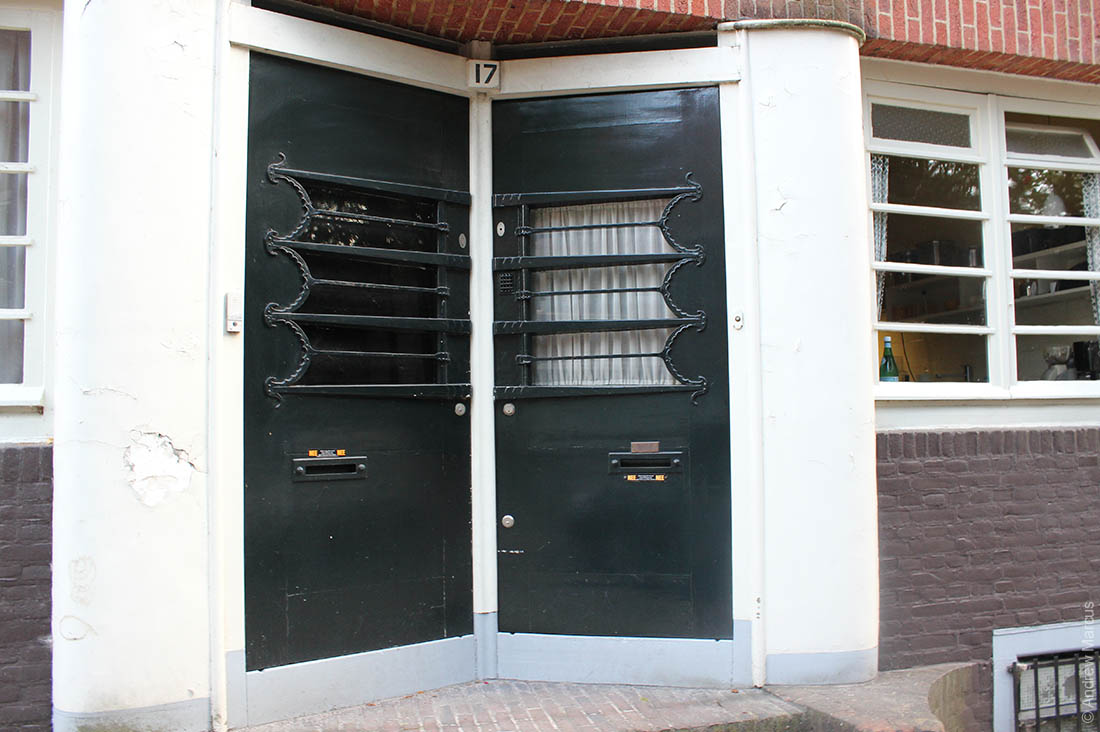
Cozy benches opposite the canal.
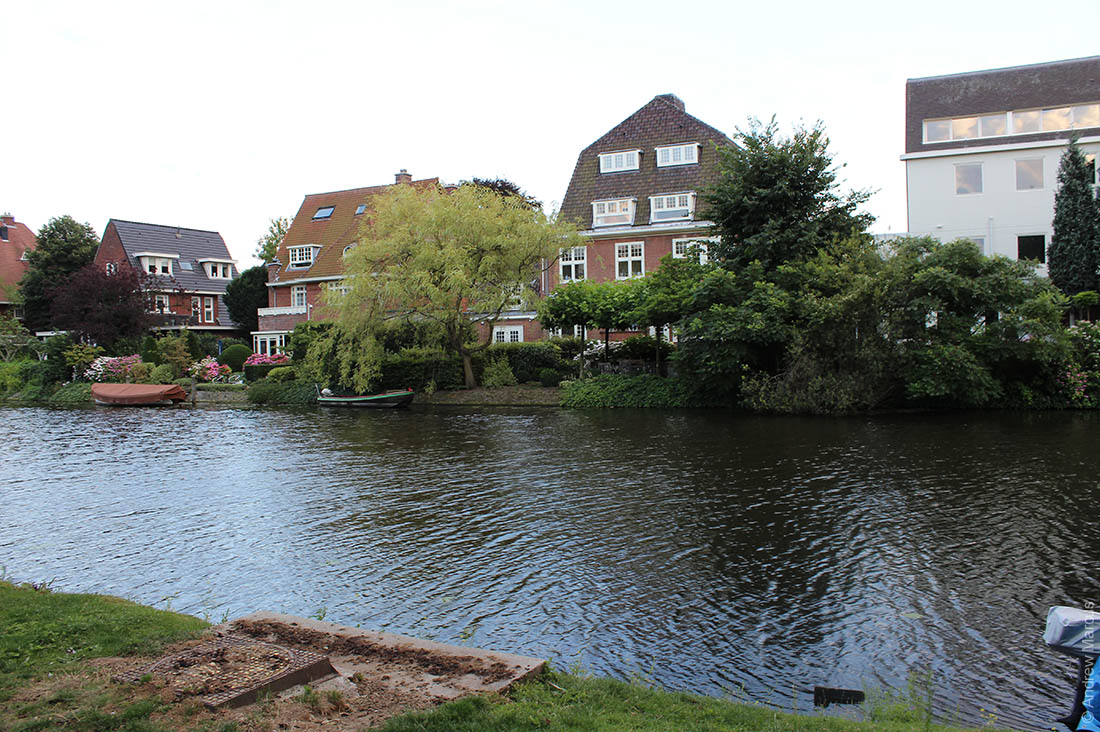
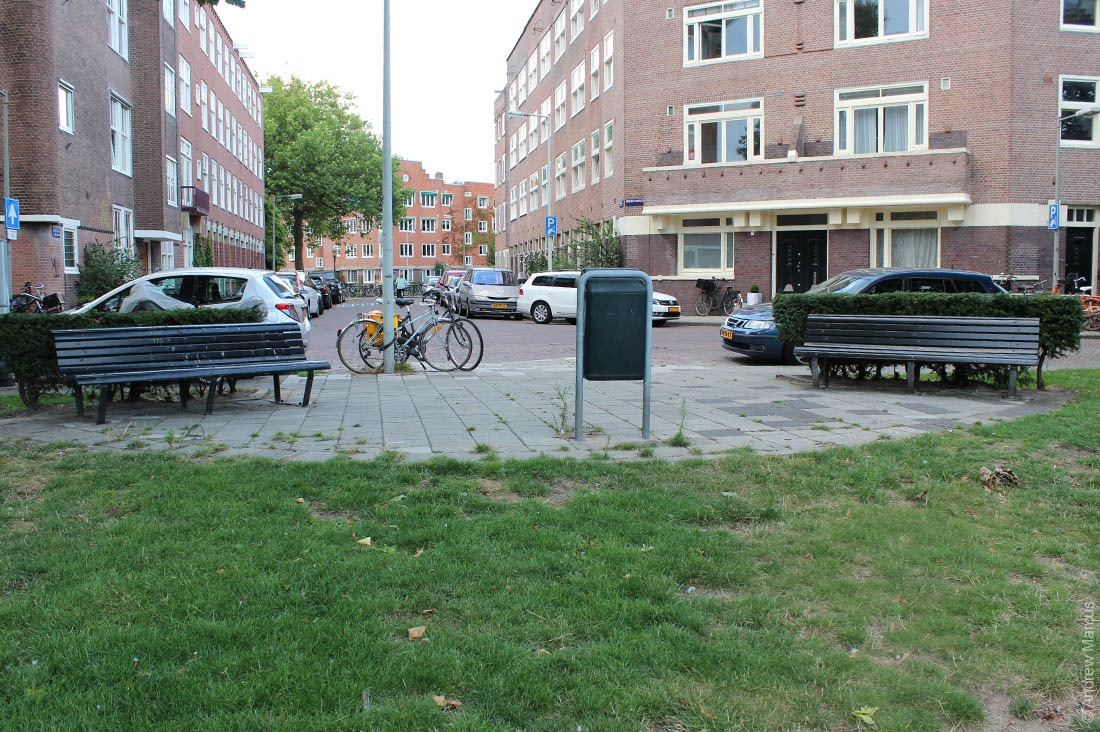
And here they also love to create some madness in the form of statues.
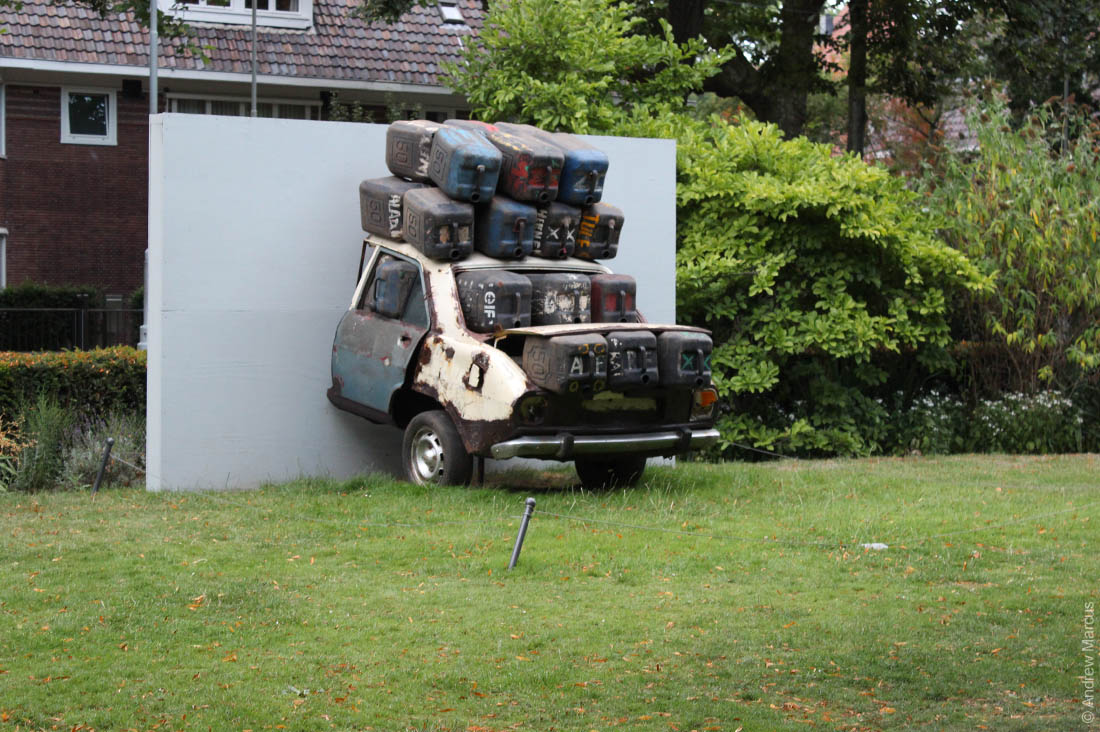
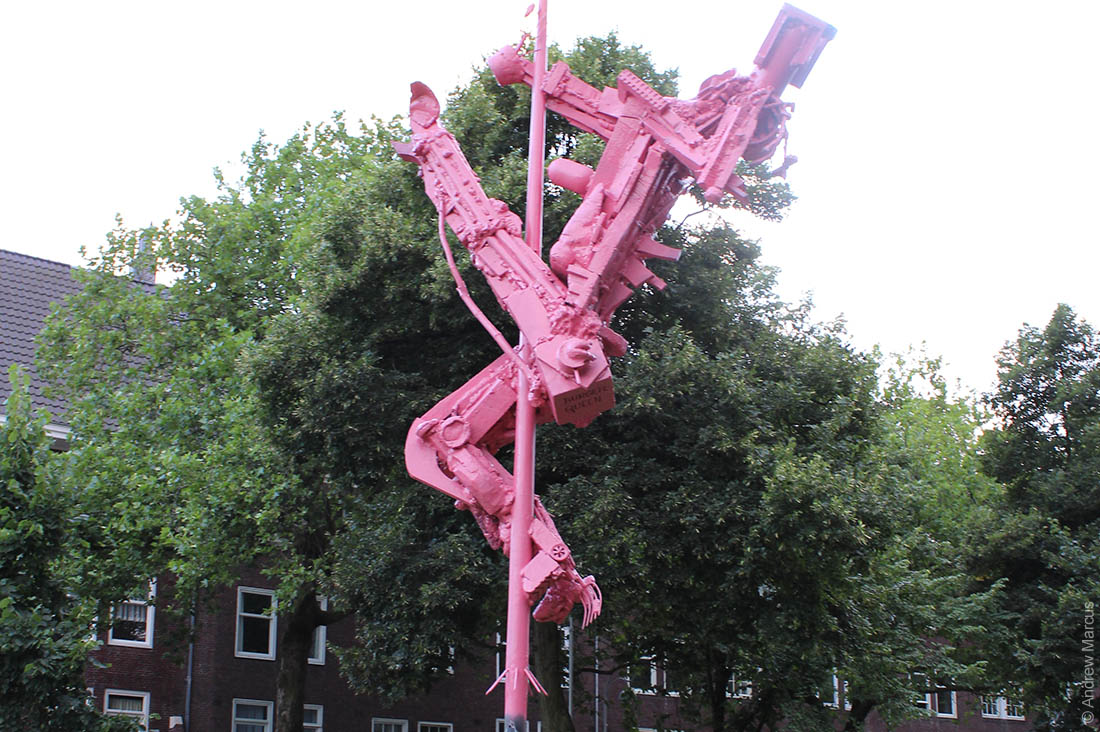
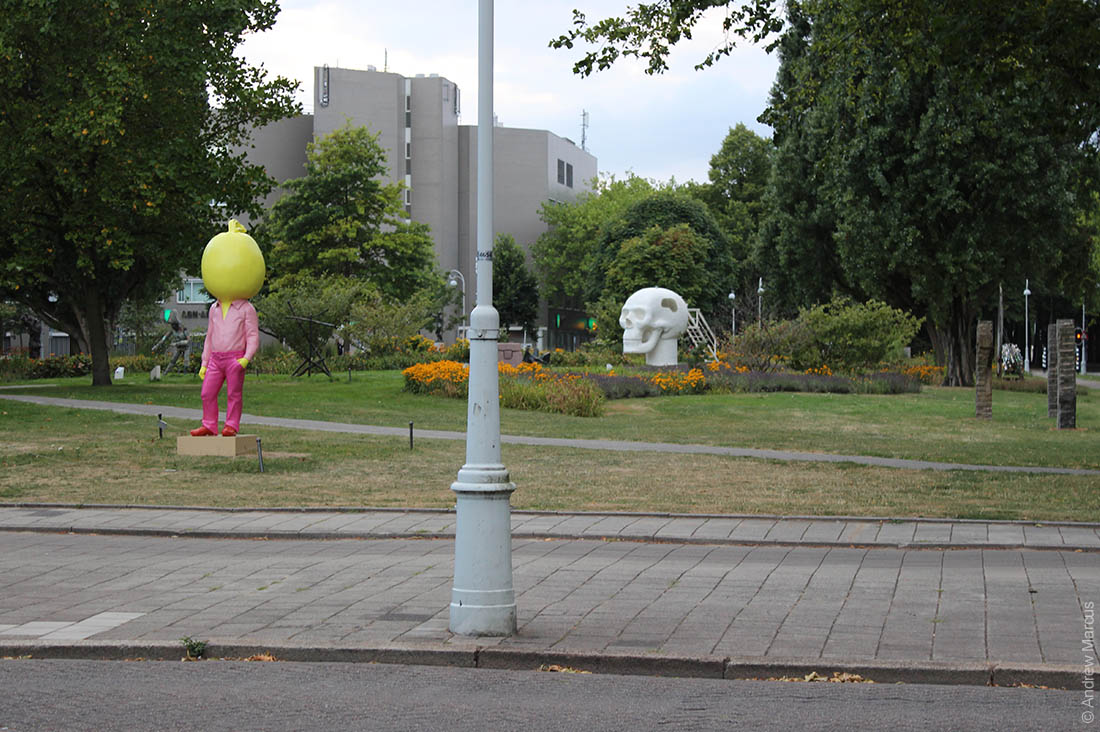
Everything is clean and good not only in Amsterdam. If you go about 20 kilometers away from the city, the scenery doesn’t change: it’s still tiled, safe, and clean. Even in the industrial zone, if you can call it that, with a cluster of factories and warehouses belonging to various companies from McDonald’s to Ferrari, the ancient architecture of the city center gives way to modern structures. Amsterdam here becomes more reminiscent of Japan at night.
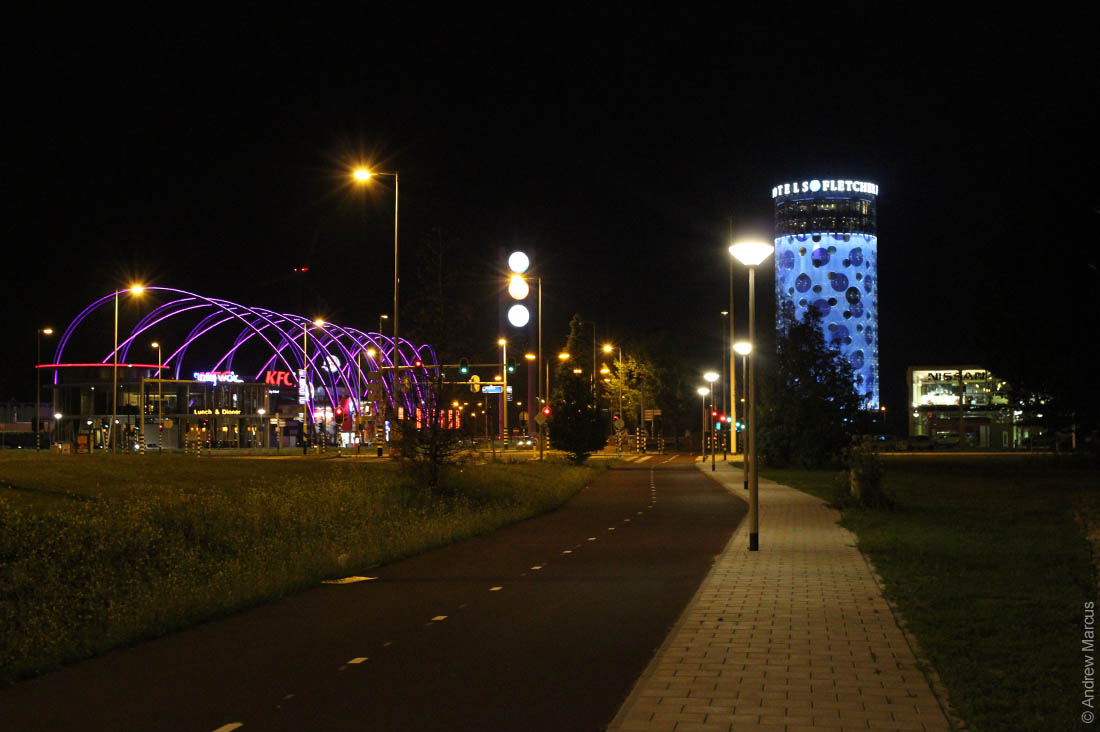
This tower is the Fletcher Hotel Amsterdam, one of the representatives of the Dutch hotel chain Fletcher.
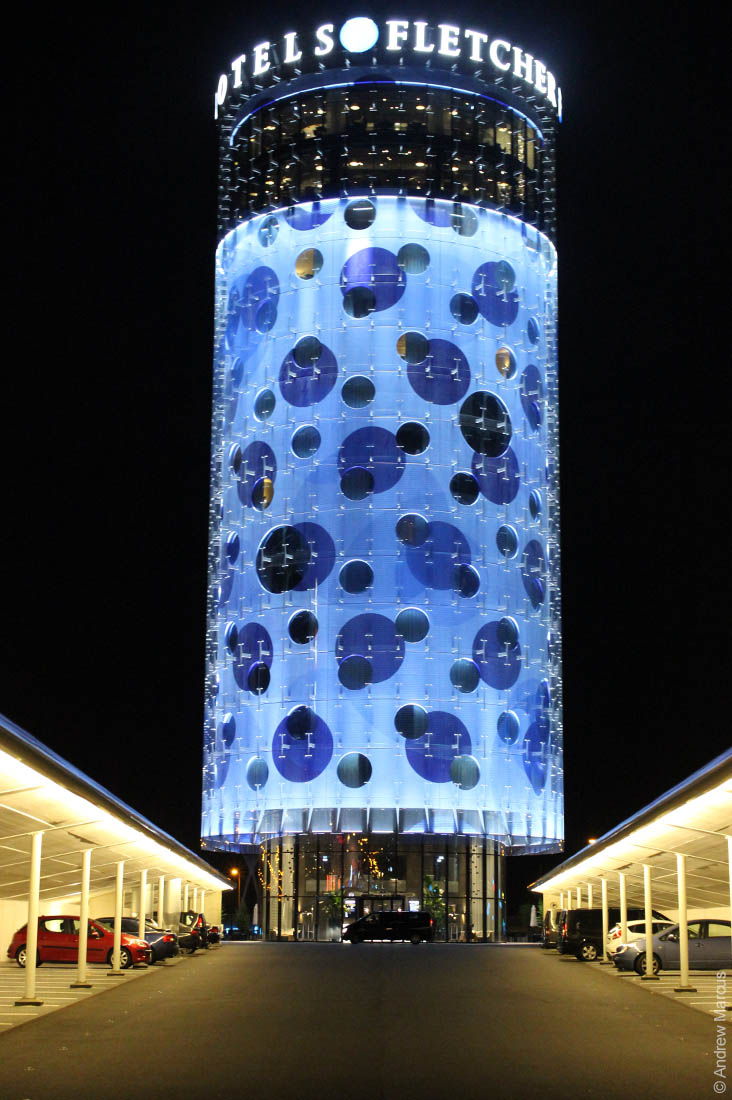
At the guests’ disposal is a semi-circular room with a shower cabin right in the middle of the room.
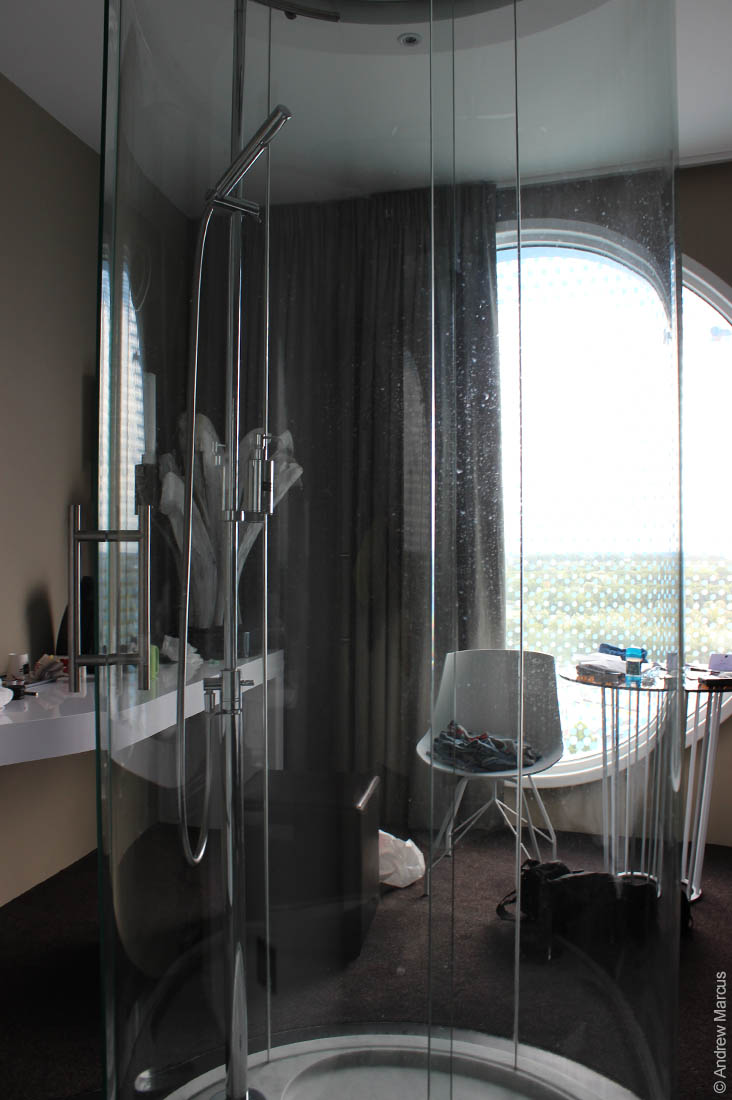
During the day in this industrial area, between the expressway and the warehouses, rabbits freely hop around.
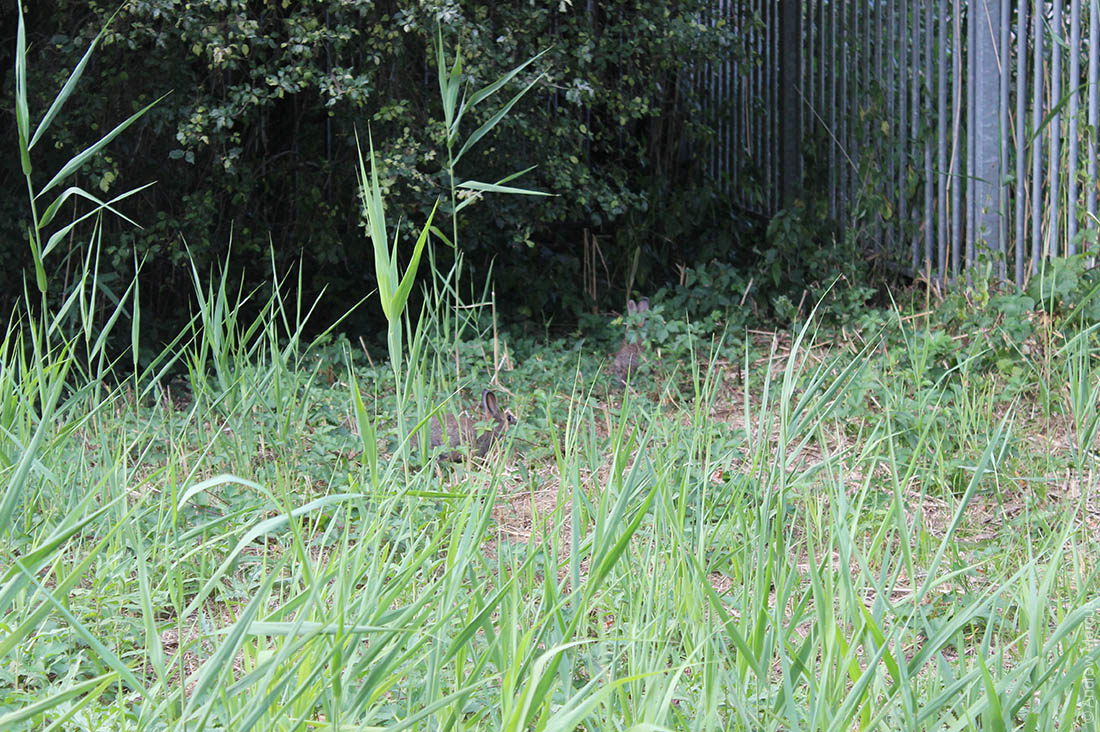
That’s how Amsterdam is.
